Family history adventure in France
Who remembers William the Conqueror? The fierce French nobleman who was promised the English throne by Edward the Confessor, only to be thwarted by the cunning Harold Godwinson, leaving William to lead his army to the Battle of Hastings to defeat Harold and take back the promised English crown in 1066.
Our daughter is learning about this fascinating piece of history at school and embarrassingly, I was struggling to remember my history facts, so I did what any travel planner worth their salt would do – packed the family up, loaded up the car and set off for 36 hours in Normandy to go back in time
Getting there
Travelling to Normandy from the south coast of England is really easy. Head down to Portsmouth and sail with Brittany Ferriesto St Malo (just on the Brittany/Normandy border) or sail to Caen (directly in Normandy).
 Mont St Michel ferry en route to St Malo
Mont St Michel ferry en route to St Malo
Our overnight sailing started in French culinary bliss; a 3 course meal in the restaurant, before heading to our cabin to tuck up under snug duvets and puffy pillows. The children were super excited to be in at sea in bunk beds and there was much squealing with excitement before they finally settled down to sleep.
Awaking early the next morning we sailed into in the town of St Malo, where we disembarked and headed straight to the nearest cafe in town for breakfast and hot chocolates. We could have lingered a lot longer in St Malo, as there was so much to explore, but we had a history lesson to discover!
 St Malo – well worth it’s own short break
St Malo – well worth it’s own short break
First stop, the incredible Mont St Michel – 8th Century
The Mont St Michel island is fabulous and truly takes your breath away because it’s one of the great architectural wonders in France. It was built by Saint Aubert, Bishop of Avranches in the 8th Century, who saw in dreams Archangel Michael, who ordered him to build a sanctuary on Mount Tomb which was a rocky outcrop at the mouth of the Couesnon river.
 Aerial shot of the Mont St Michel
Aerial shot of the Mont St Michel
This stunning abbey was built in phases over period of years, continuing to build up and up culminating in the bell tower at the top of the Abbey. Great consideration had to be given to the weight of the Abbey, given the buildings below it had to support the upper structures which is always a marvel when you consider medieval building tools. Today, Mont St Michel consists of homes, shops, restaurants, churches and the Abbey itself.
If you’re visiting allow a good 4 or 5 hours to enjoy it in full – the history is rich, the views are spectacular and it’s a very enjoyable family attraction to visit, whilst learning about life in the 8th Century Abbey along the way.
 View of the cloisters in the Abbey
View of the cloisters in the Abbey
When you leave Mont St Michel, be sure to stop in at any cafe in the local region to buy freshly made Madeleines – delicious with fresh orange juice, coffee or hot chocolate and I’m sure the ones freshly made in France seem to taste so much better than the ones we get in the UK!
 Yummy Madeleines!
Yummy Madeleines!
World War Two Normandy D-Day landings – 6th June 1944
The D-Day landing beaches are a must if you’re in this part of Normandy to reflect on the great sacrifice given by our soldiers to help end the second world war. Our children are 10 and 11 and we thought it was good time to introduce them to the history of the second world war, as played out on the Normandy beaches.
 WW2 War Cemetery
WW2 War Cemetery
There are 2 excellent museums at Arromanches – the one at the top of the hill has a circular cinema that explains the build up to the D-Day landings and the following weeks, which was easy for the children to follow as its mainly video images and covers the first 100 days following the D-Day landings. The other museum is at the bottom of the hill, overlooking the beach and is also well worth a visit.
 View over Arromanche beach
View over Arromanche beach
After we had visited the museums and explored the beaches, the children had lots of questions to ask about what they had seen and heard. The children compared the young age of some of the soldiers to their cousins and couldn’t believe how young they were and I’m pleased that the foundations for this historic period are laid so that when this topic is covered in school, the children can reflect on what they saw and learned from this trip.
 One of the gun batteries at Utah beach
One of the gun batteries at Utah beach Wounded soldier memorial
Wounded soldier memorial
William the Conqueror, Duke of Normandy – 1066
This chap is the real reason we’re in Normandy – to find out more about who he was and why he was such a big influence on England and the British Crown. We headed off to his ancestral home at his Castle in Falaise. The children loved it – lots to learn, fun to run around on the ramparts with it’s 15 towers and a great way to experience what it was like to live in Medieval France. And the best thing – according to my 10 year old? The Dungeons!
 William the Conqueror’s Castle
William the Conqueror’s Castle
Bayeux Tapestry – 1070
If you’ve been learning about William the Conqueror and the Battle of Hastings in 1066, then you must come and see this incredibly story of events leading up to and immediately following the battle, in the Bayeux Tapestry. At 70 meters in length, there are 50 scenes depicting the events leading to the Norman Conquest of England. Take the audio headphones and follow the story along the tapestry. It really is well worth a visit to bring this part of history to life for school children.
 The Bayeux Tapestry
The Bayeux Tapestry
I hope you enjoy exploring Normandy, book early to get great deals on the ferry crossing and accommodation. We stayed in Caen which was pretty central for everything we visited. Good luck with your history lesson – do let me know how you get on!
Susie
https://susieplanner.blog/holiday-ideas/unmissable-time-travel-in-historic-normandy-france/












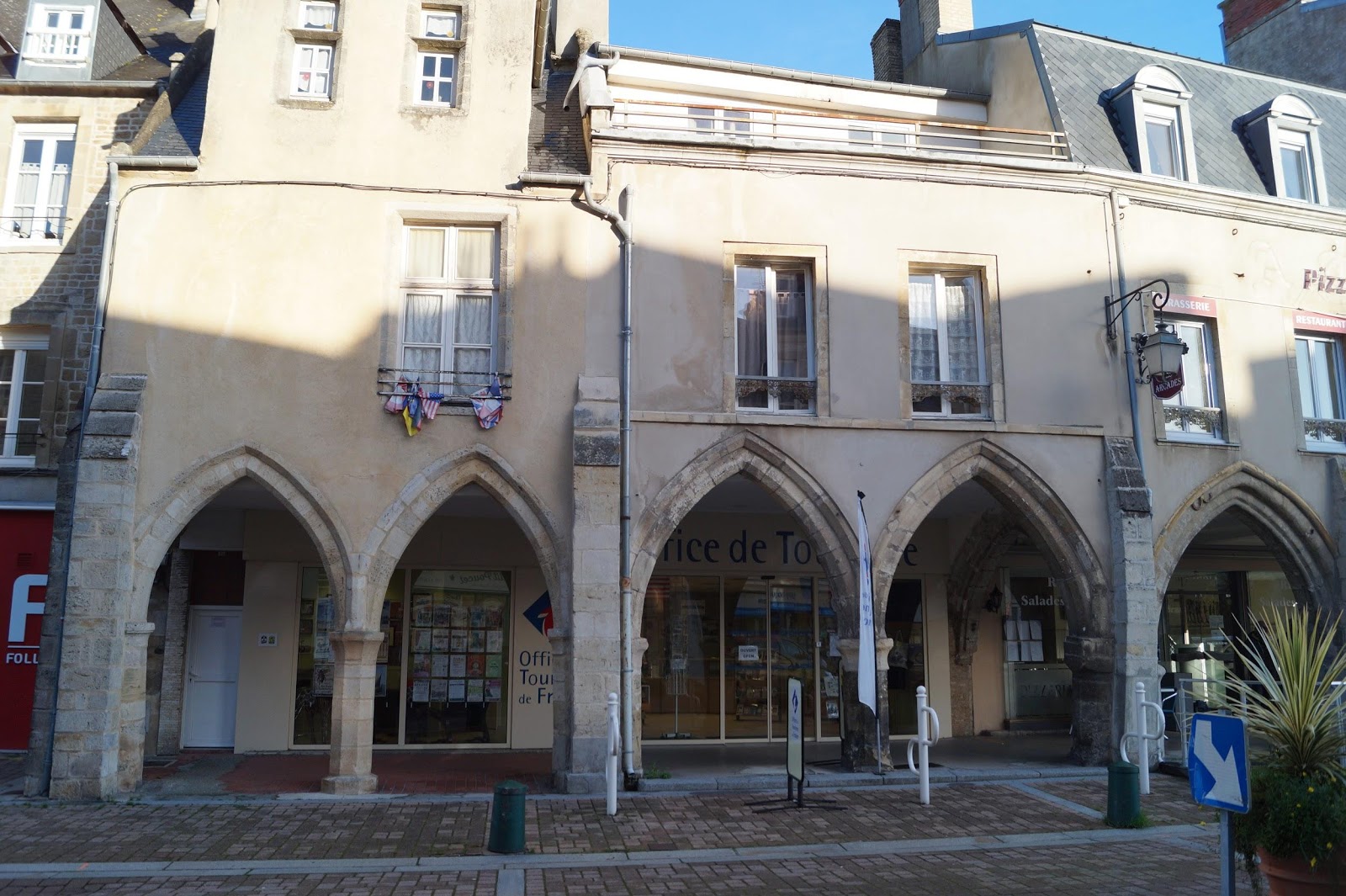
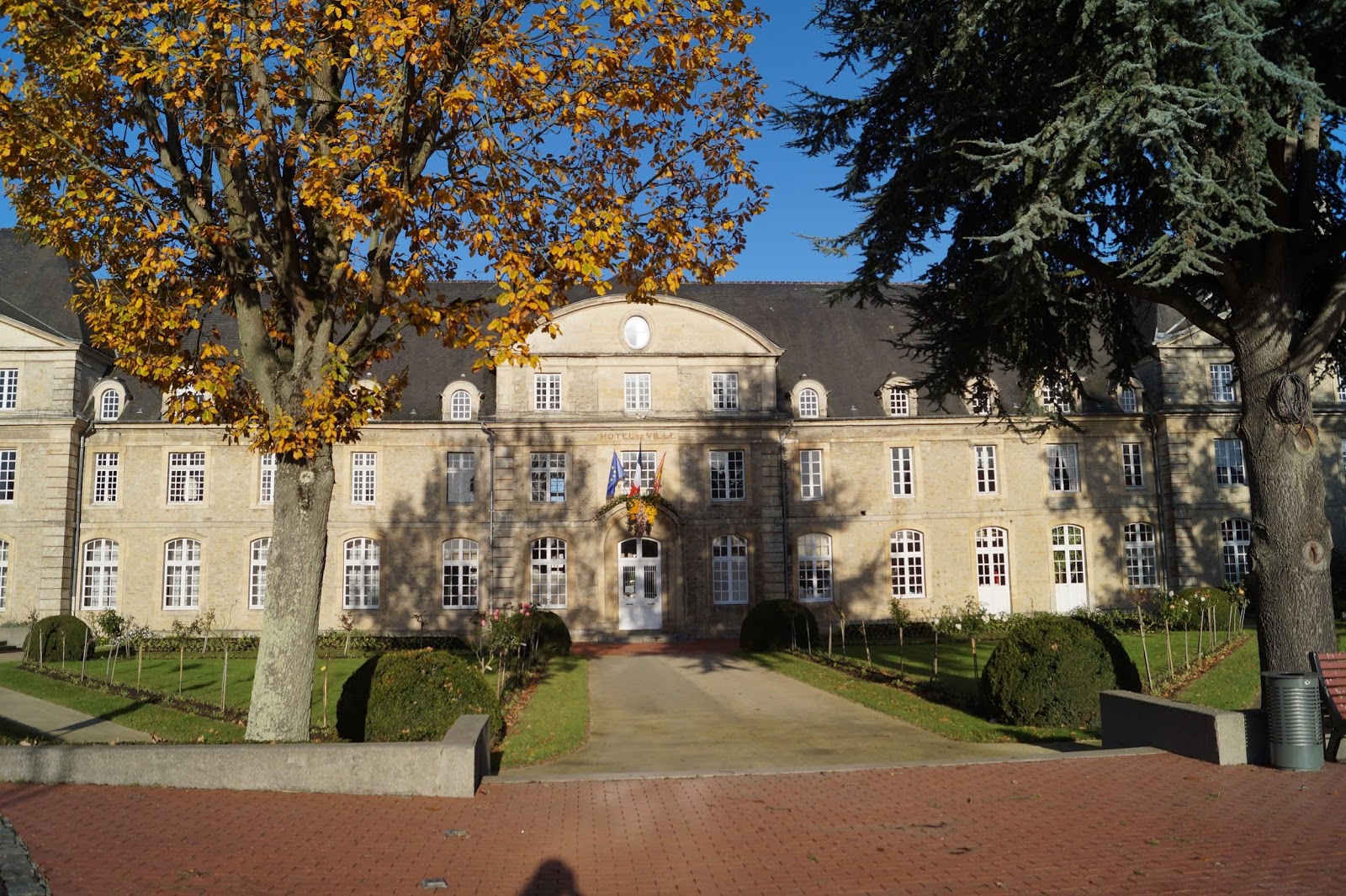
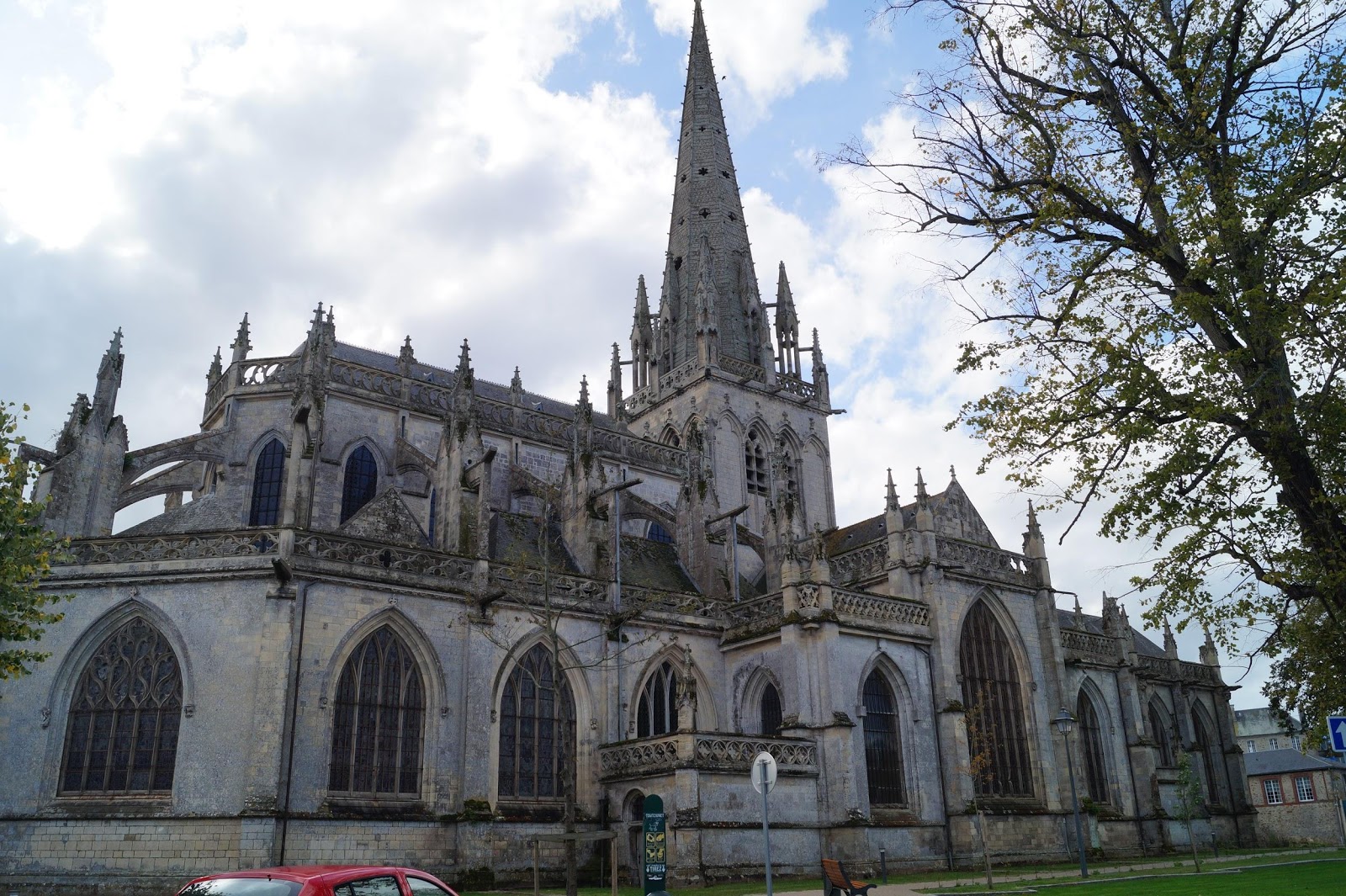
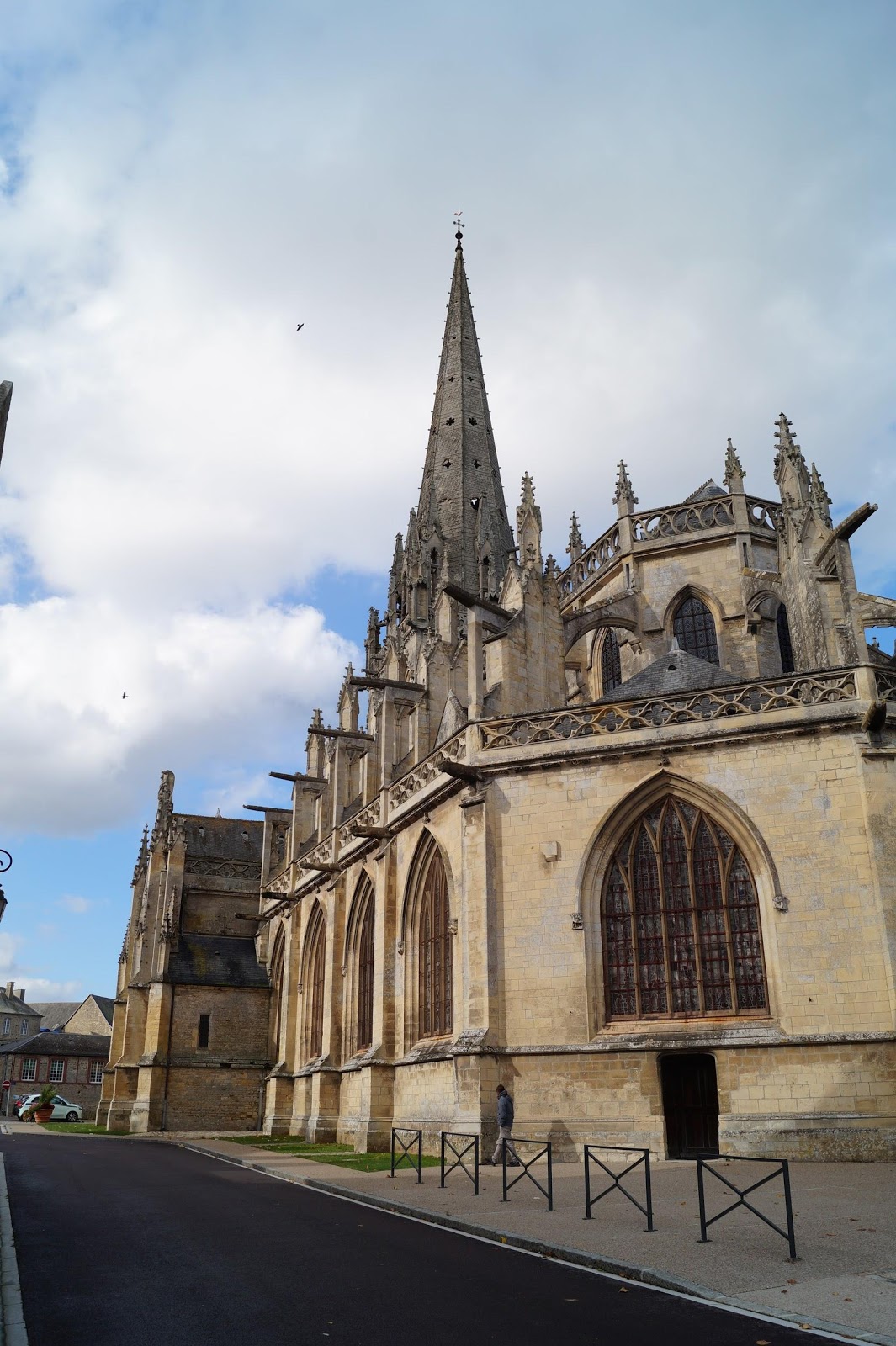
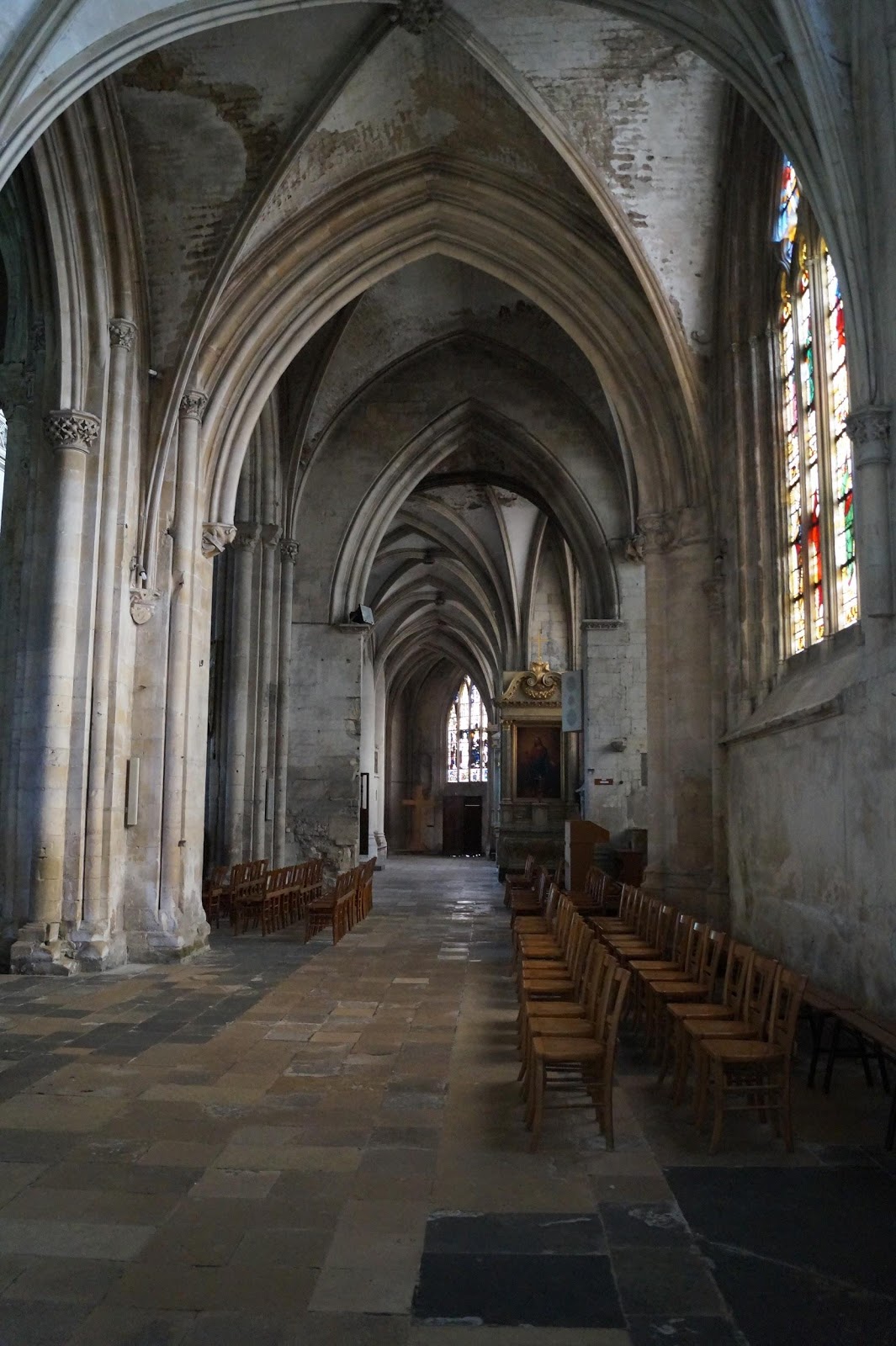
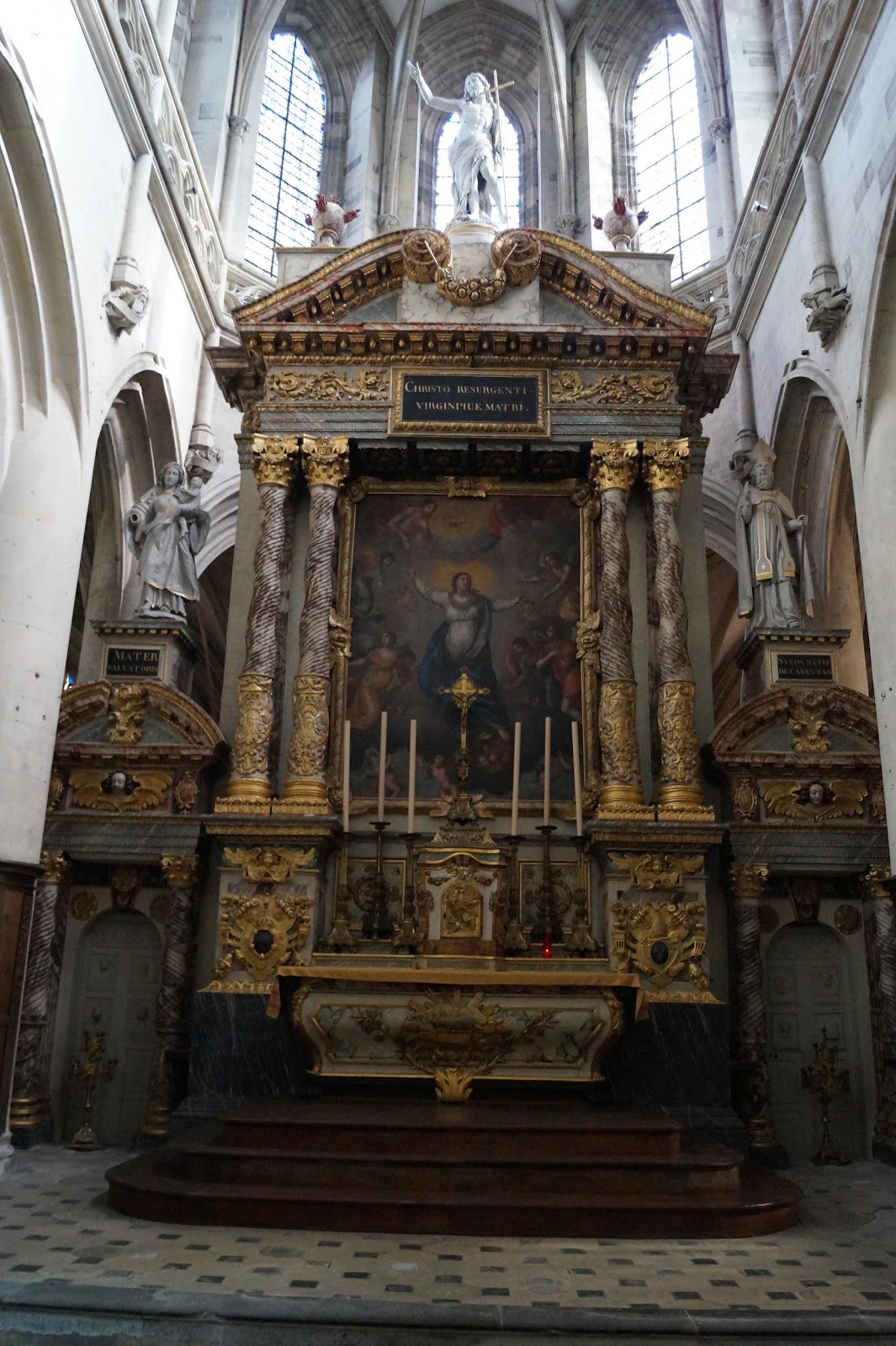
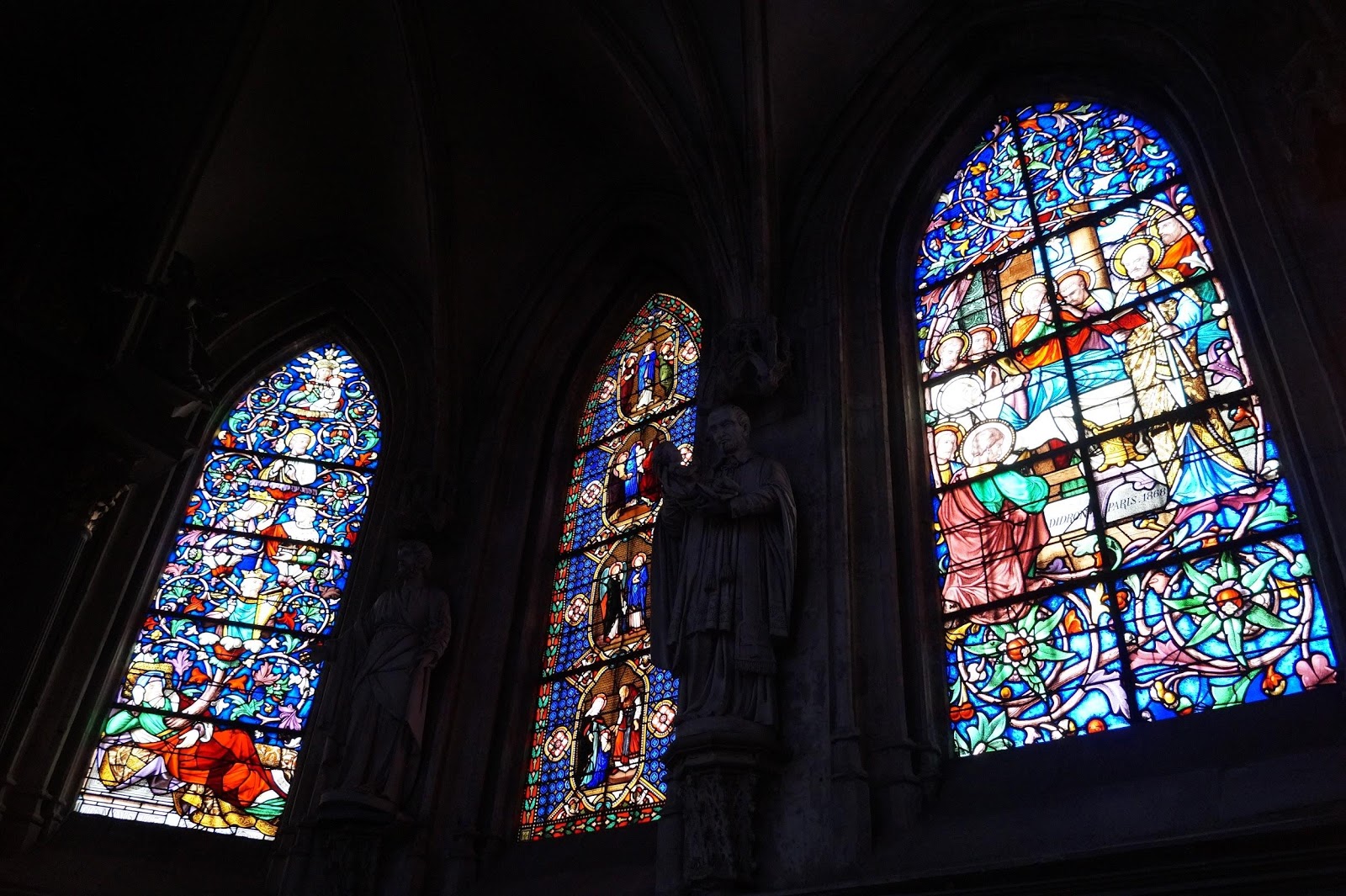
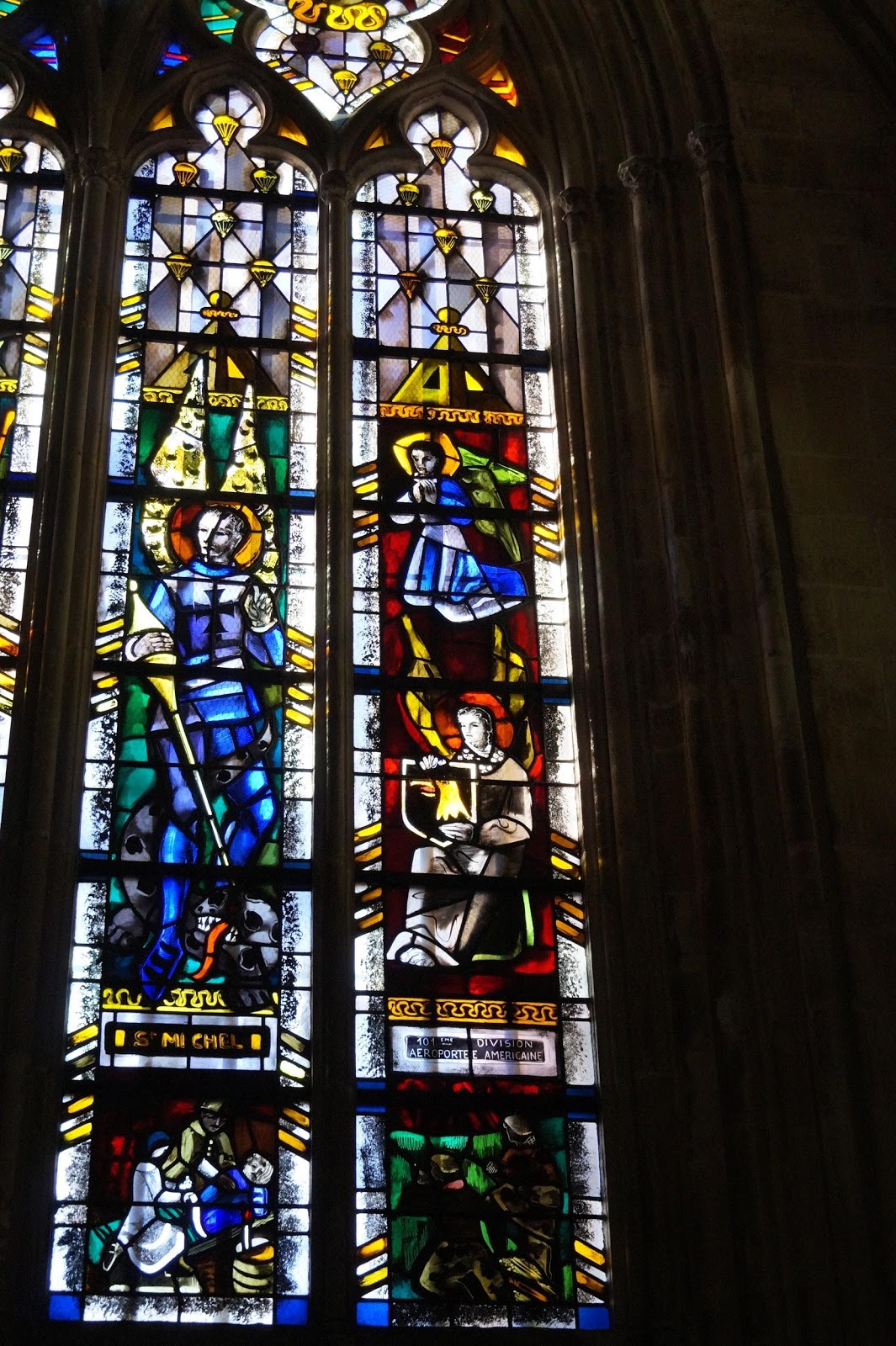
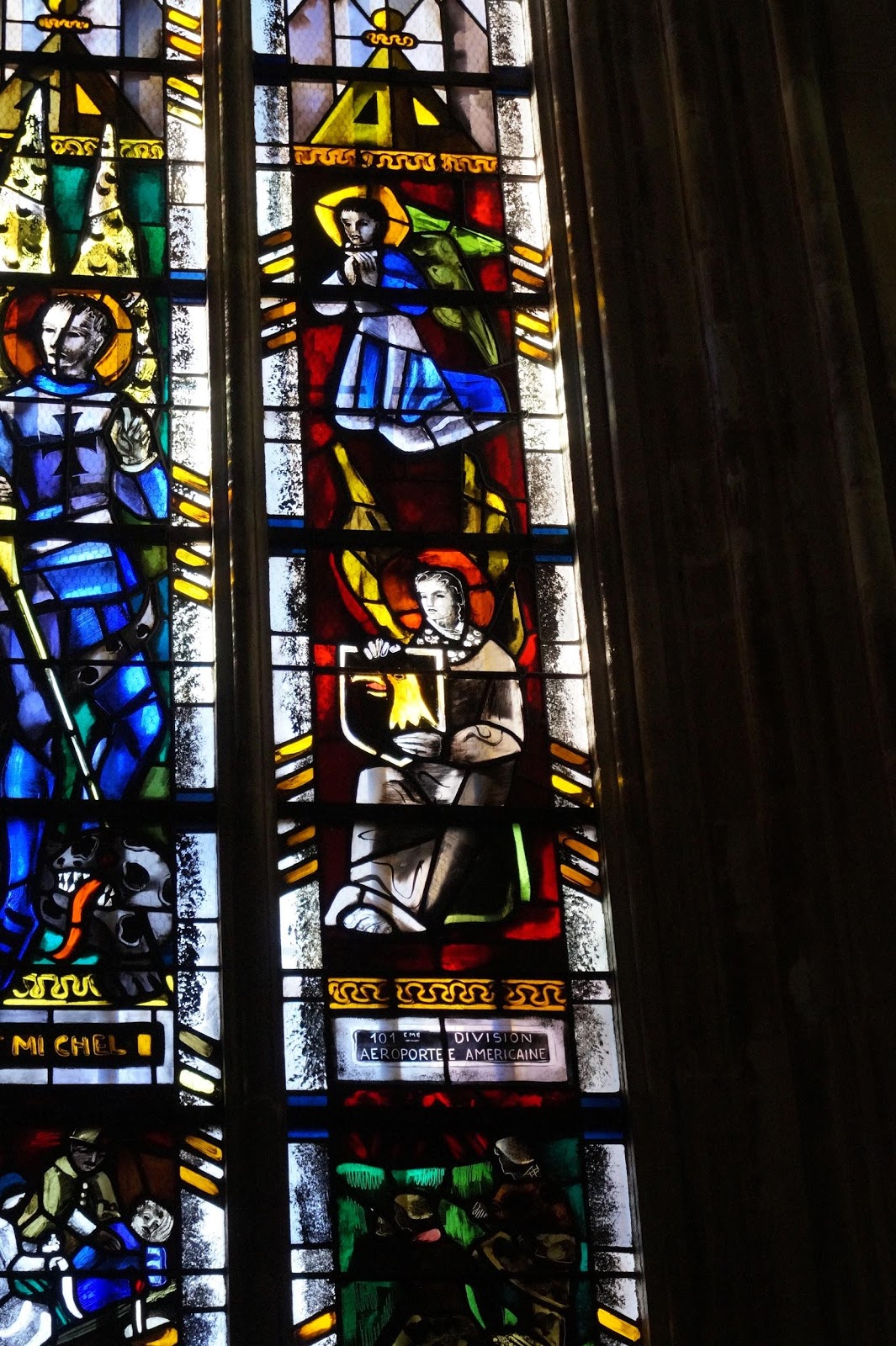
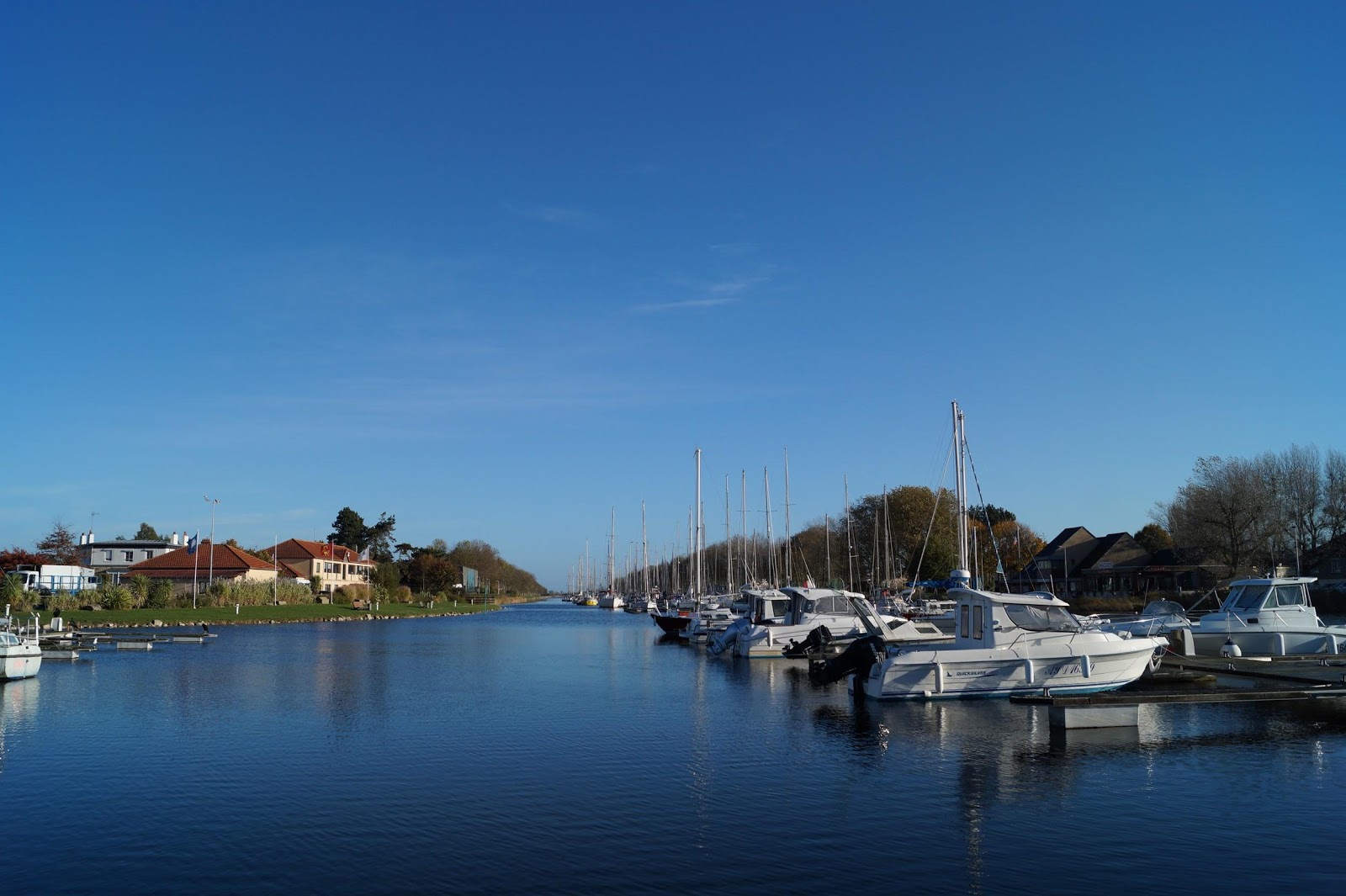
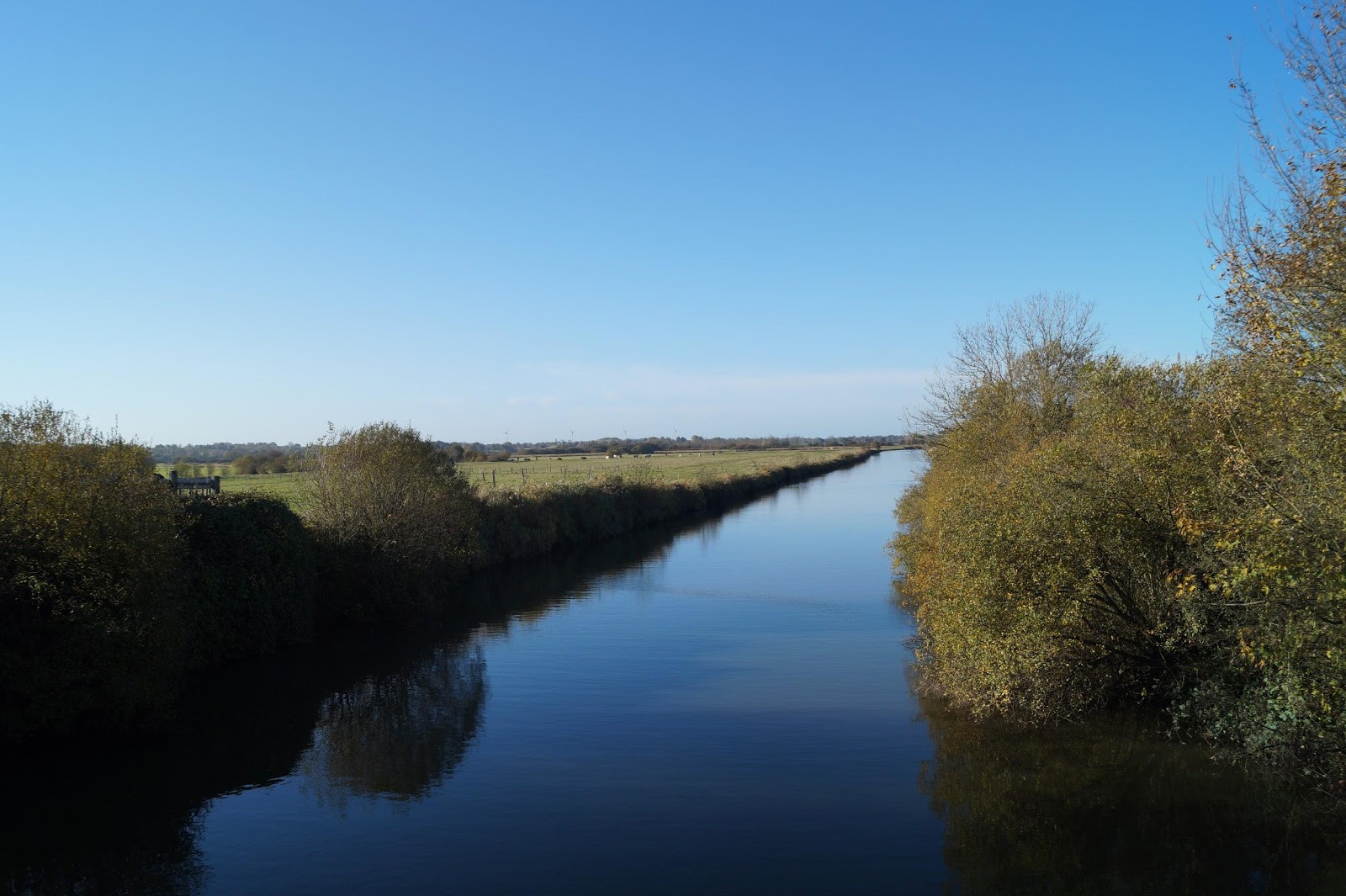
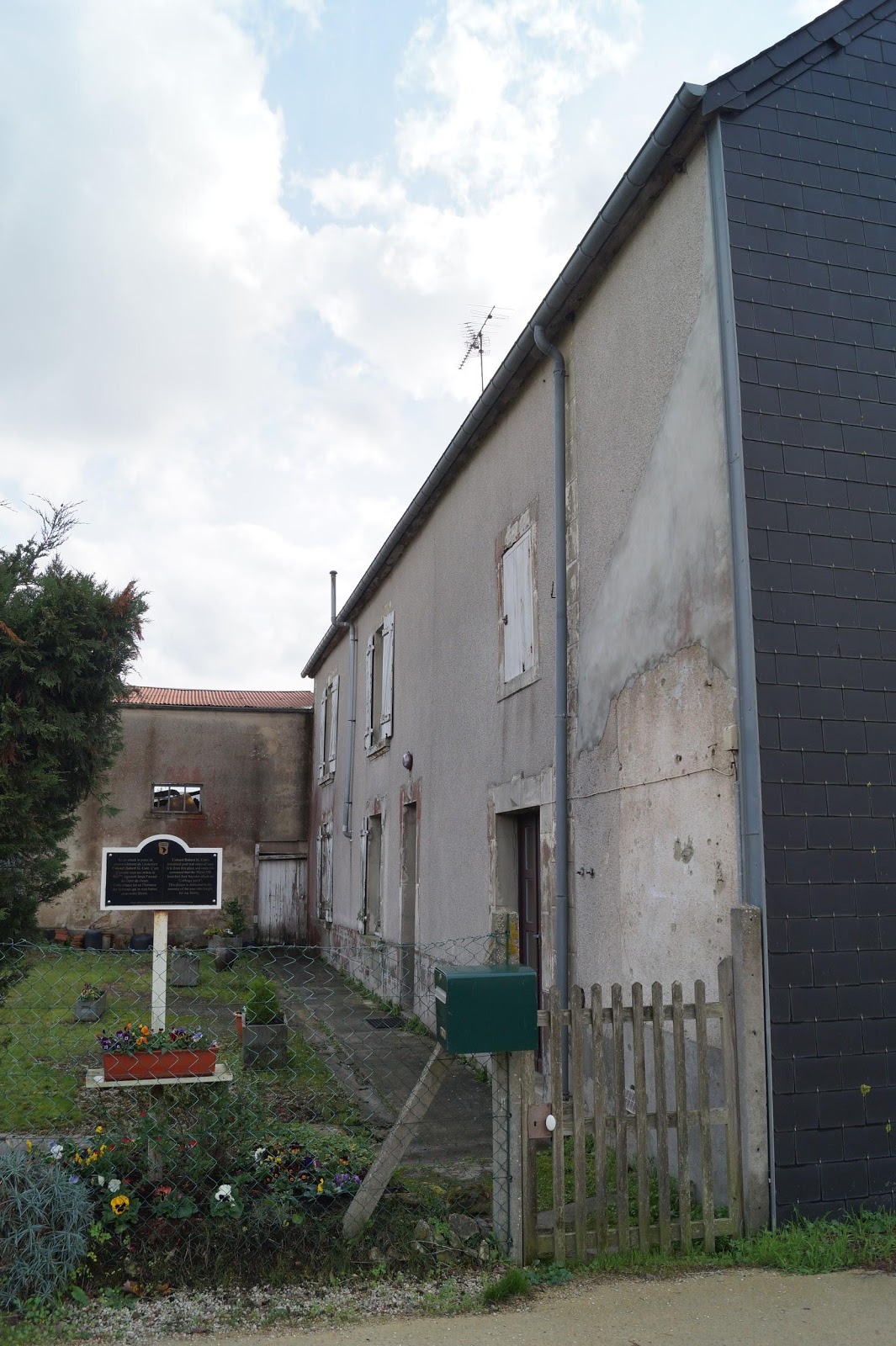

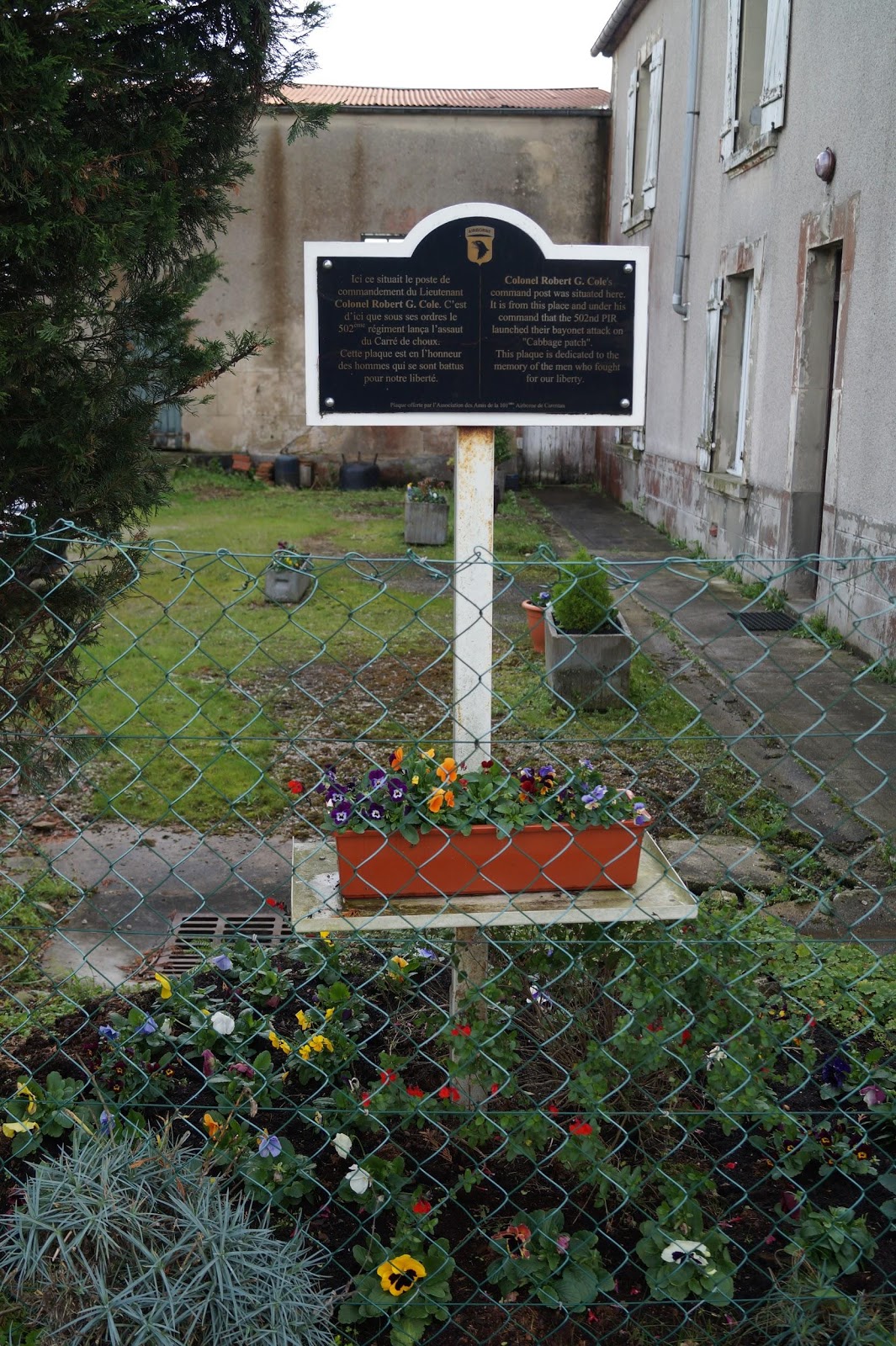
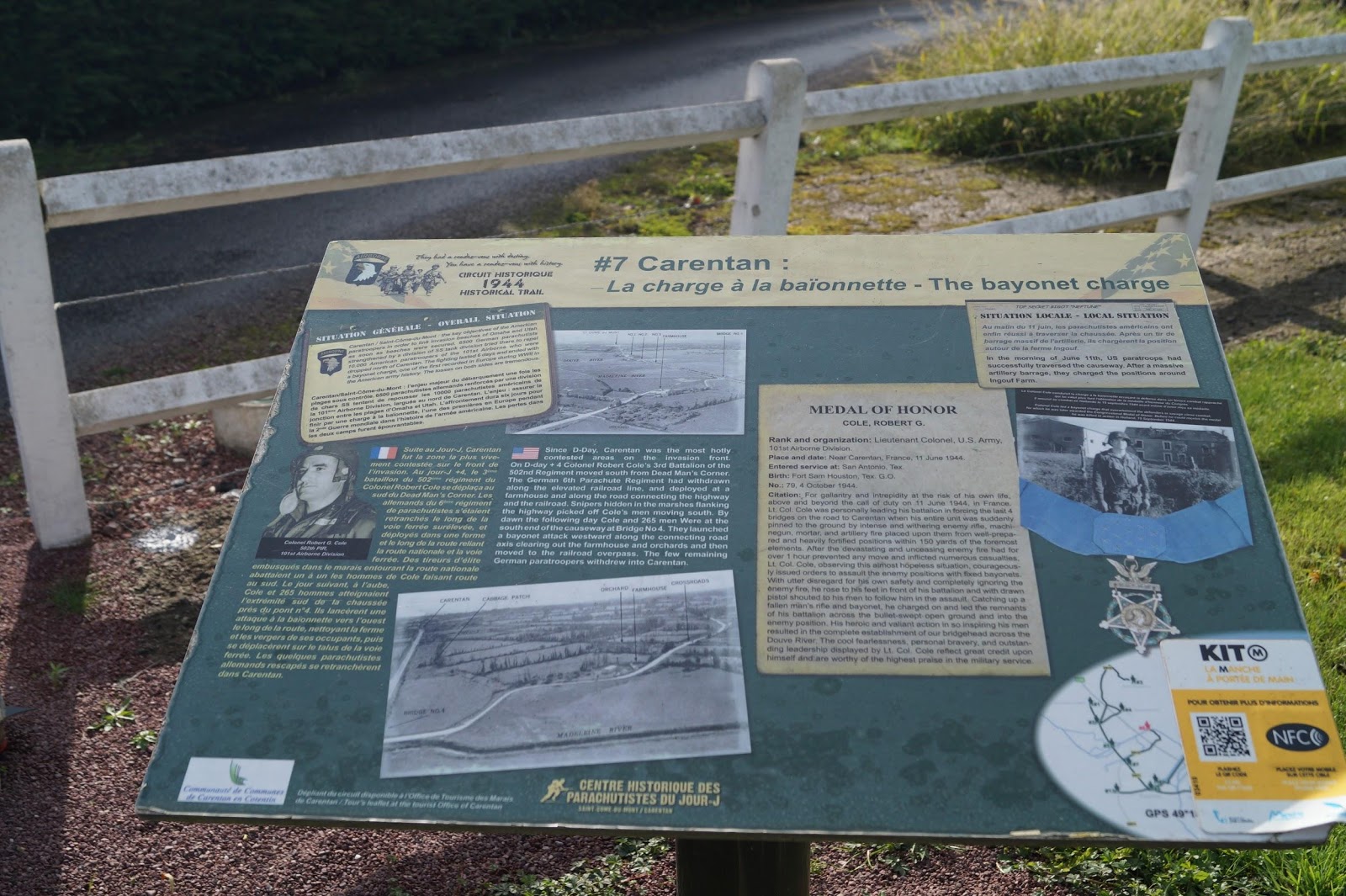
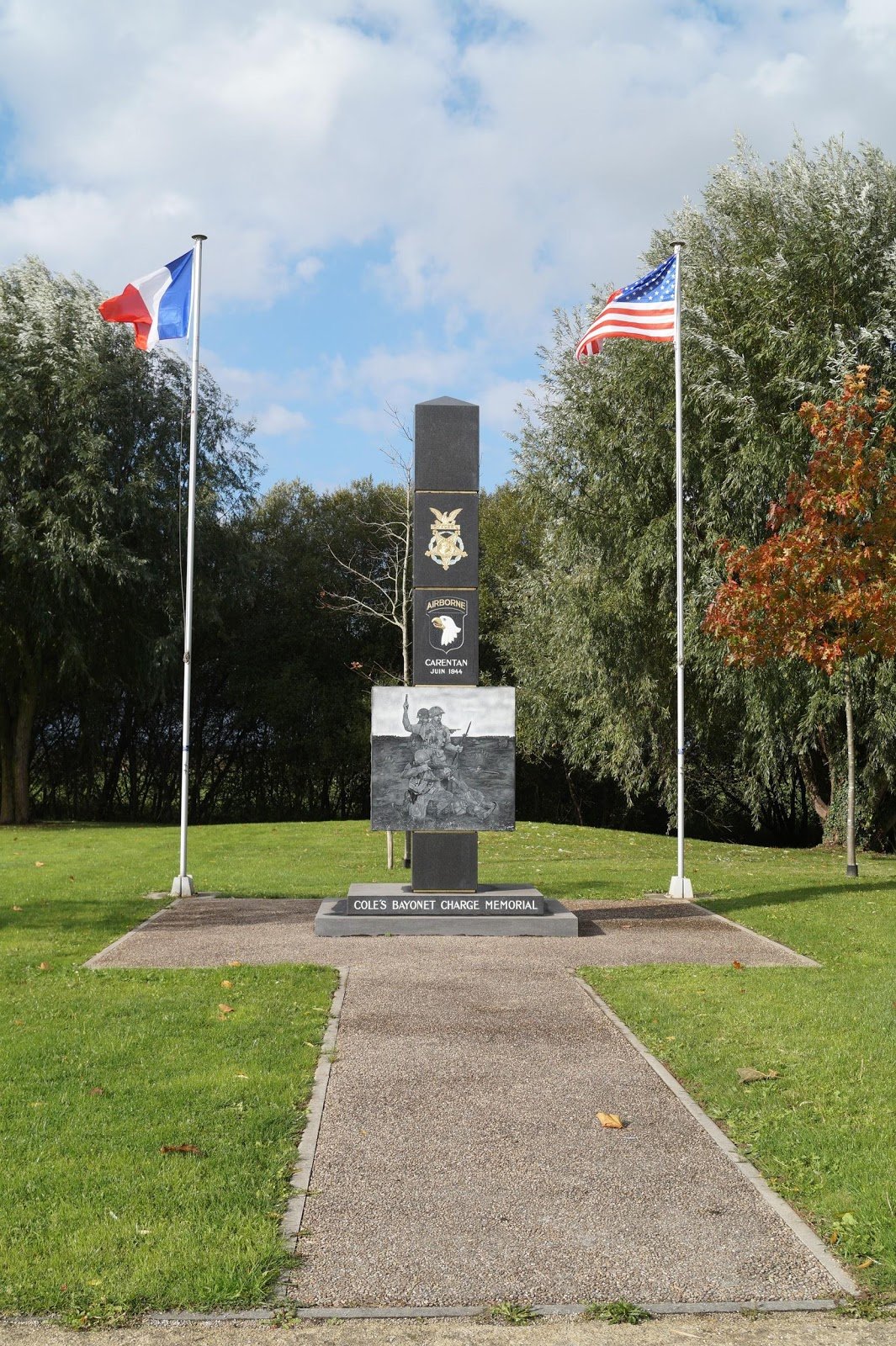
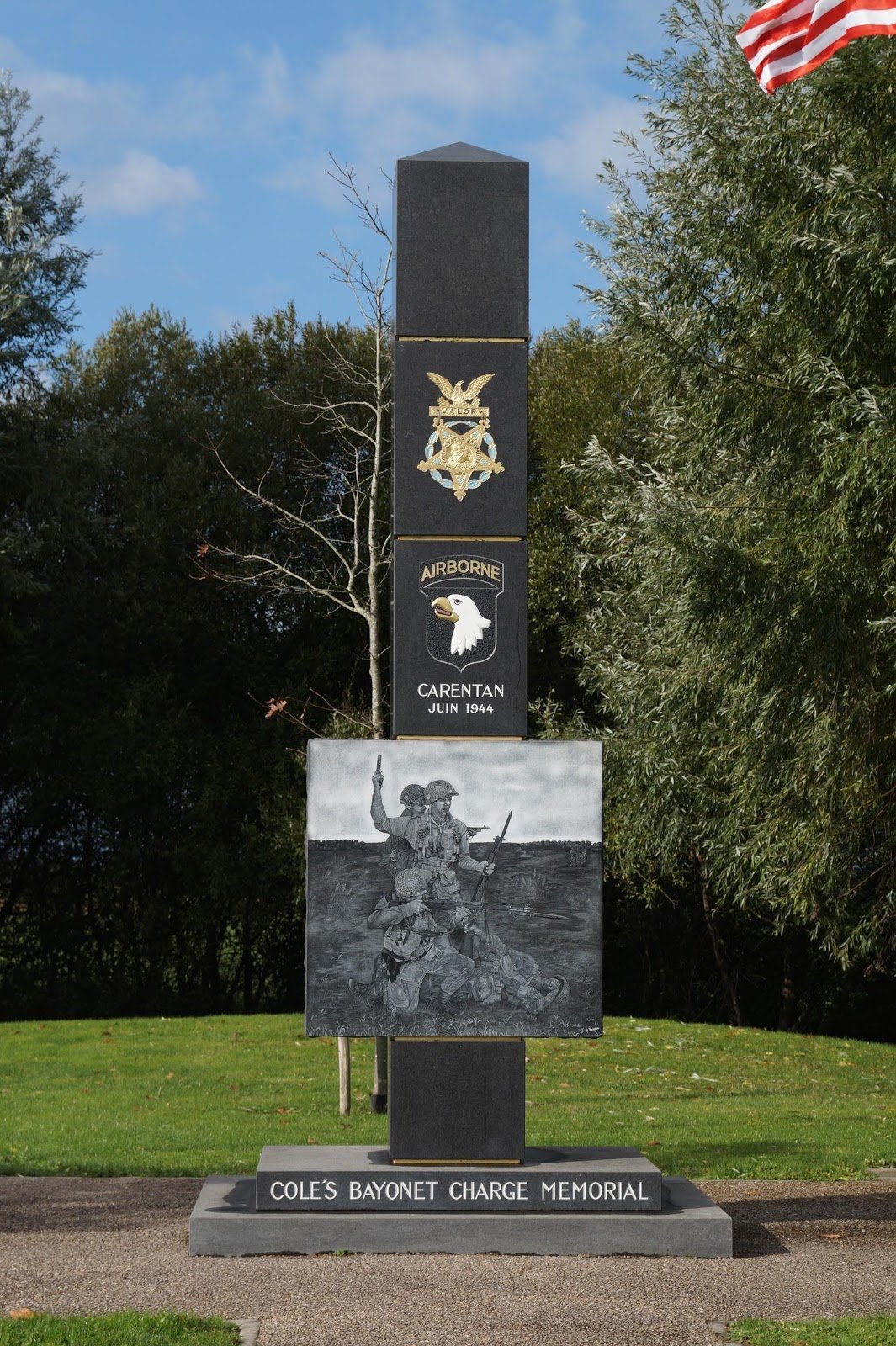
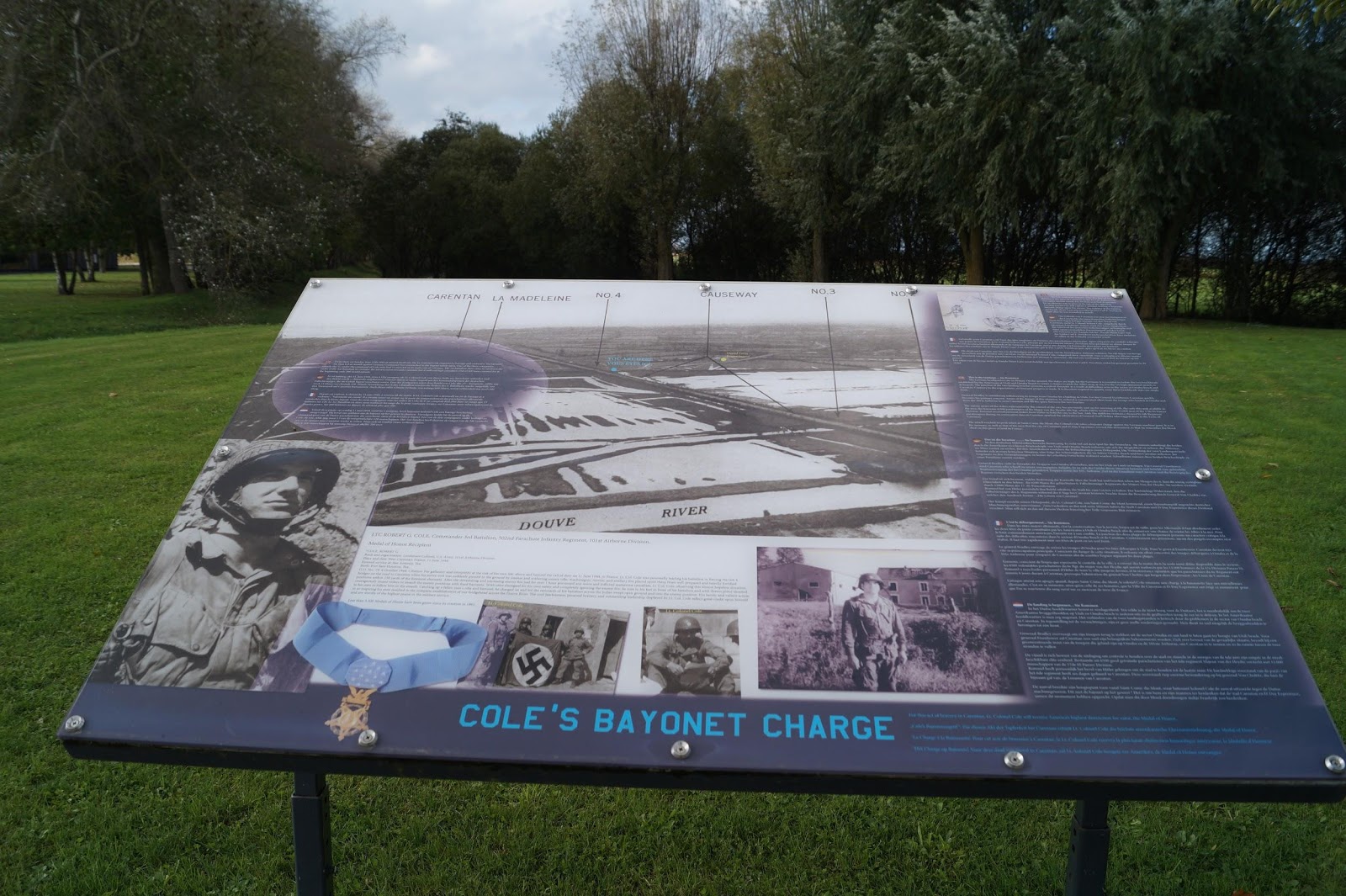
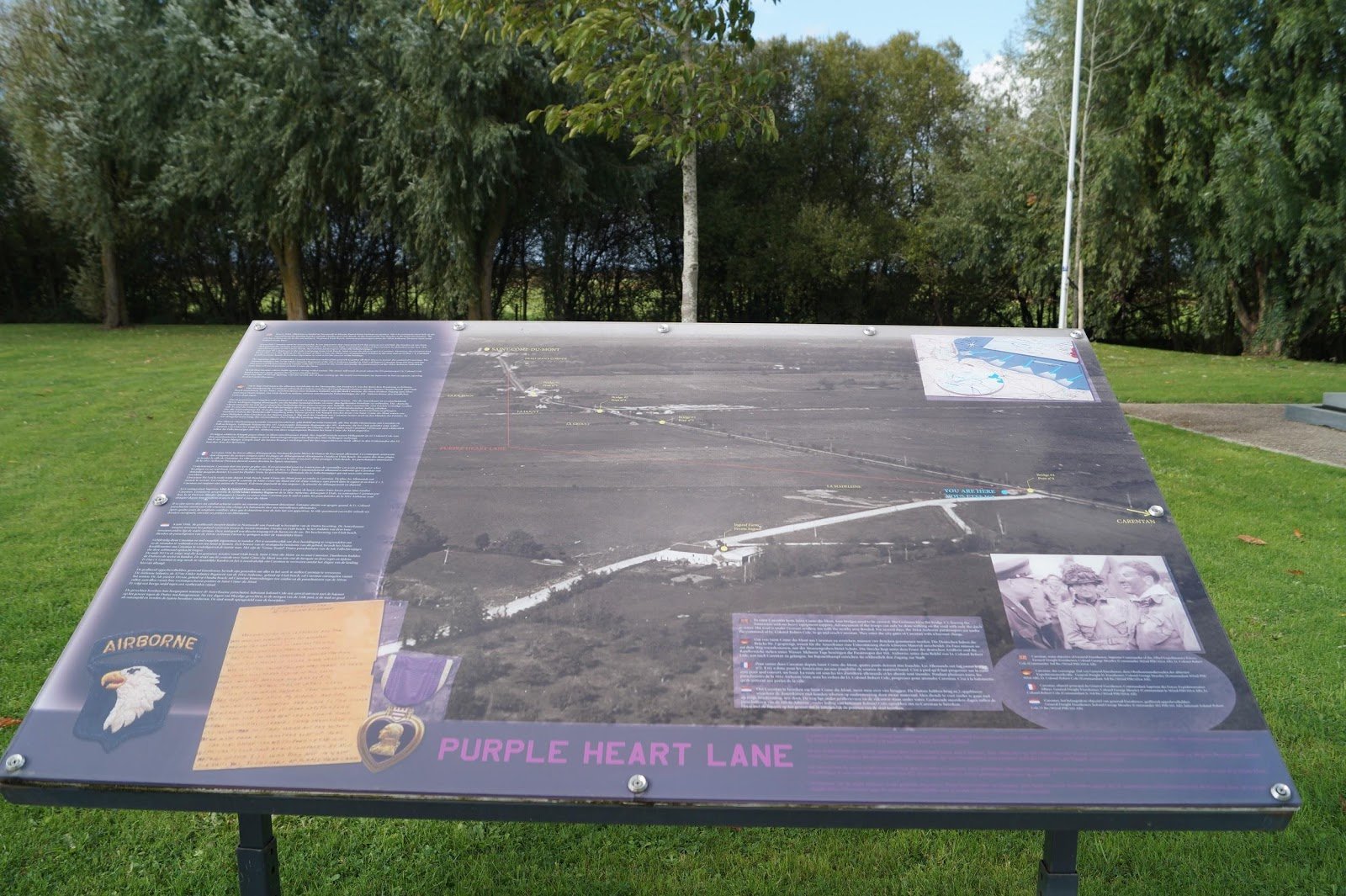
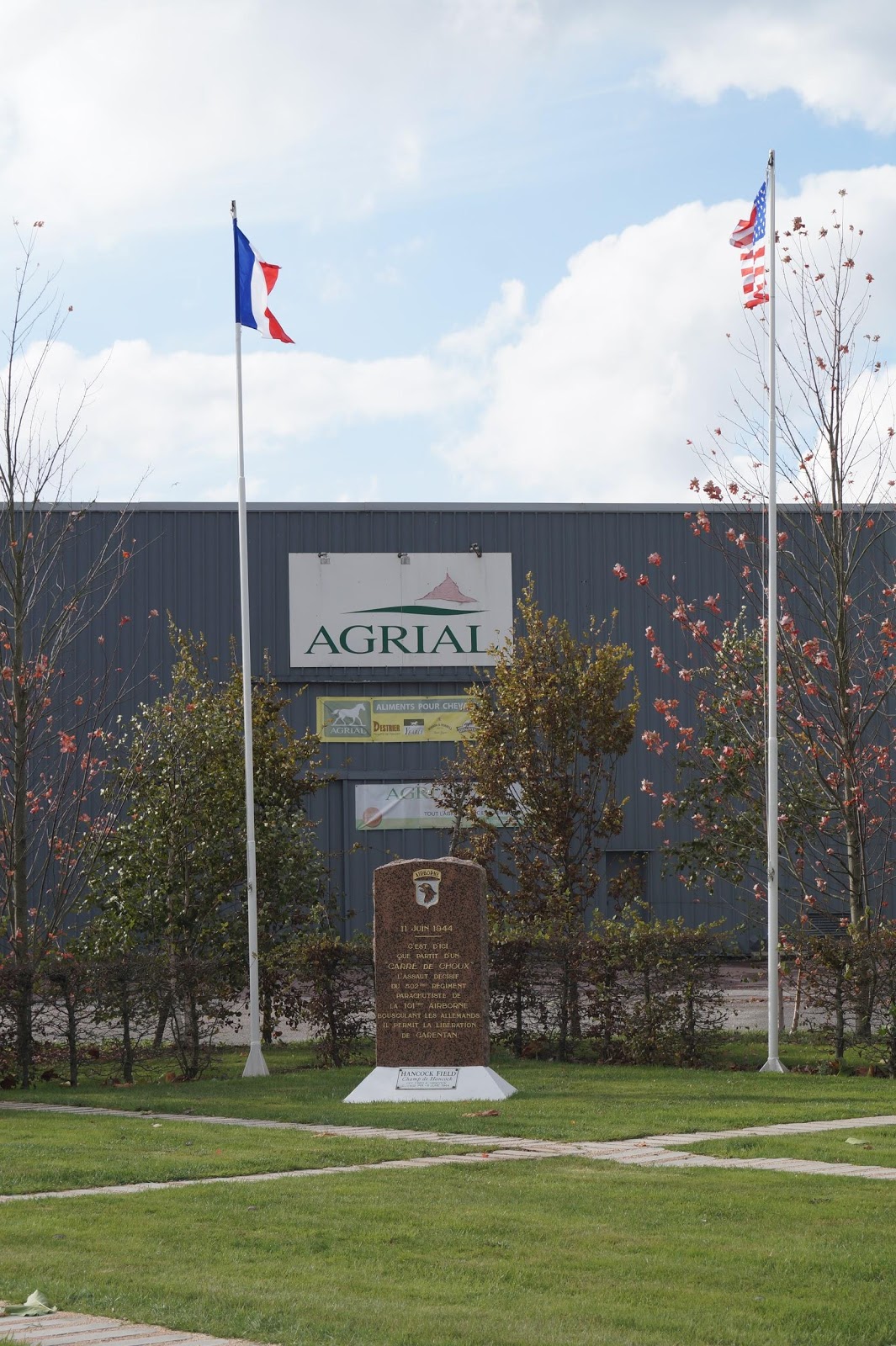
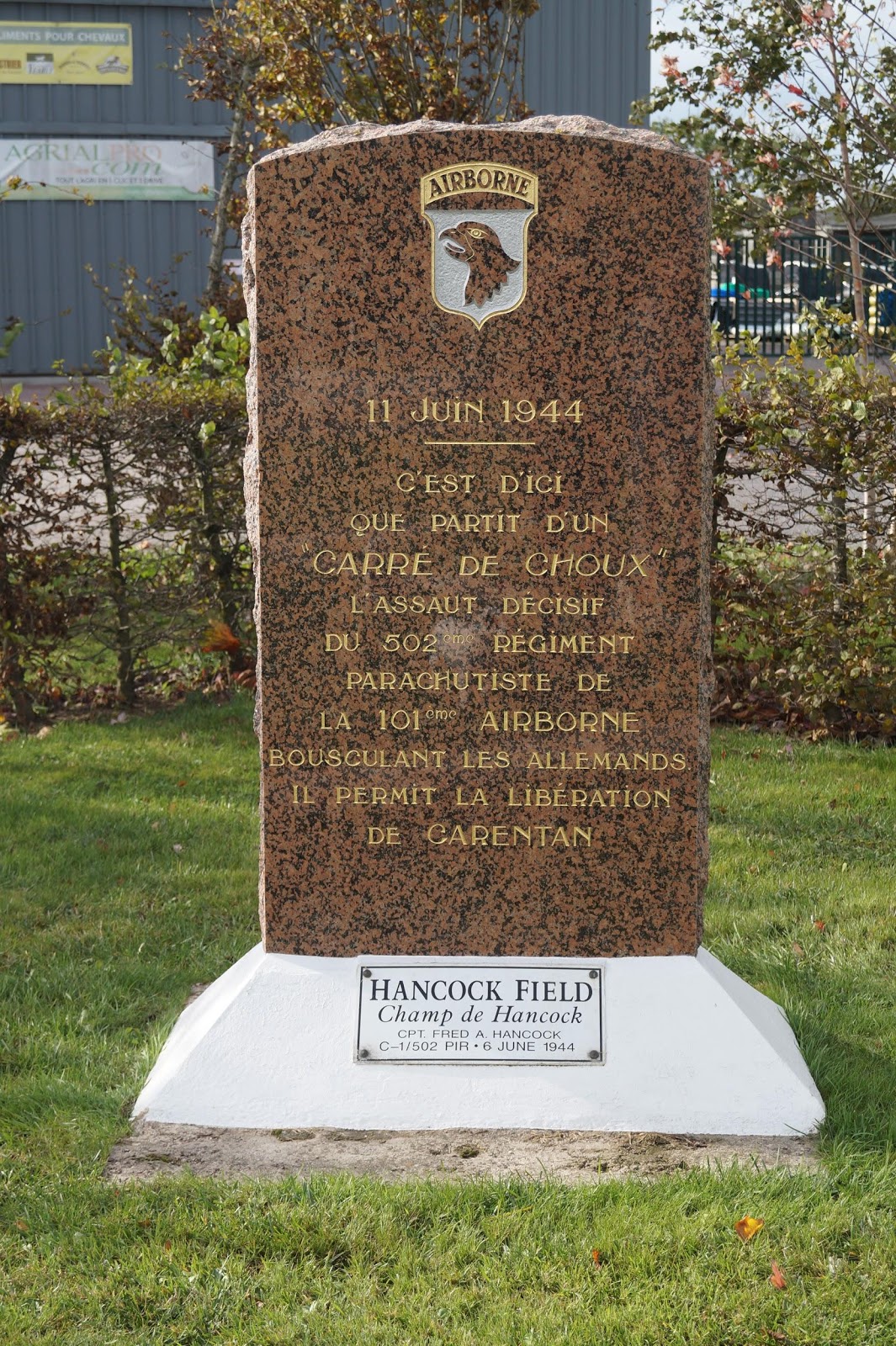
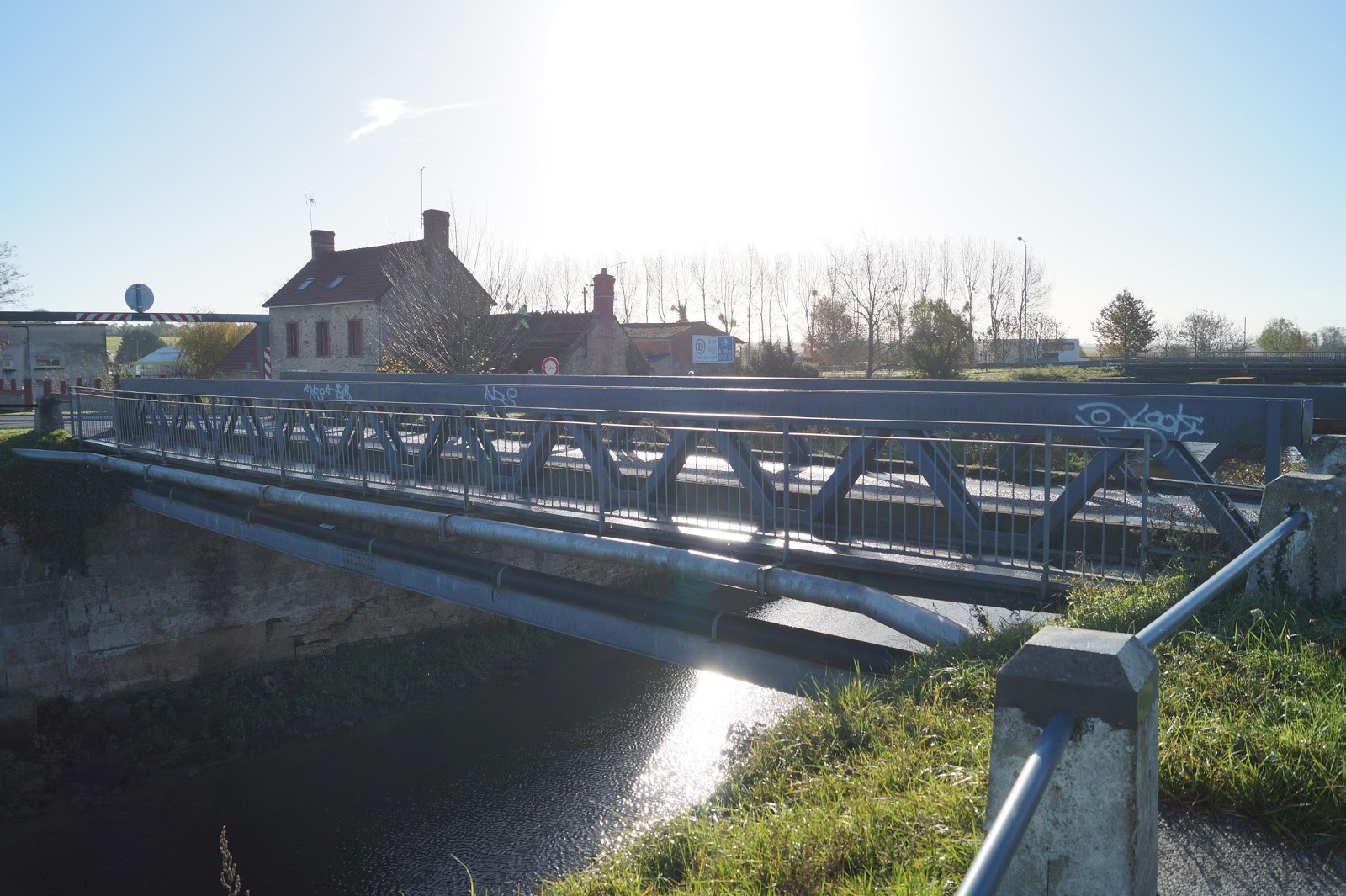
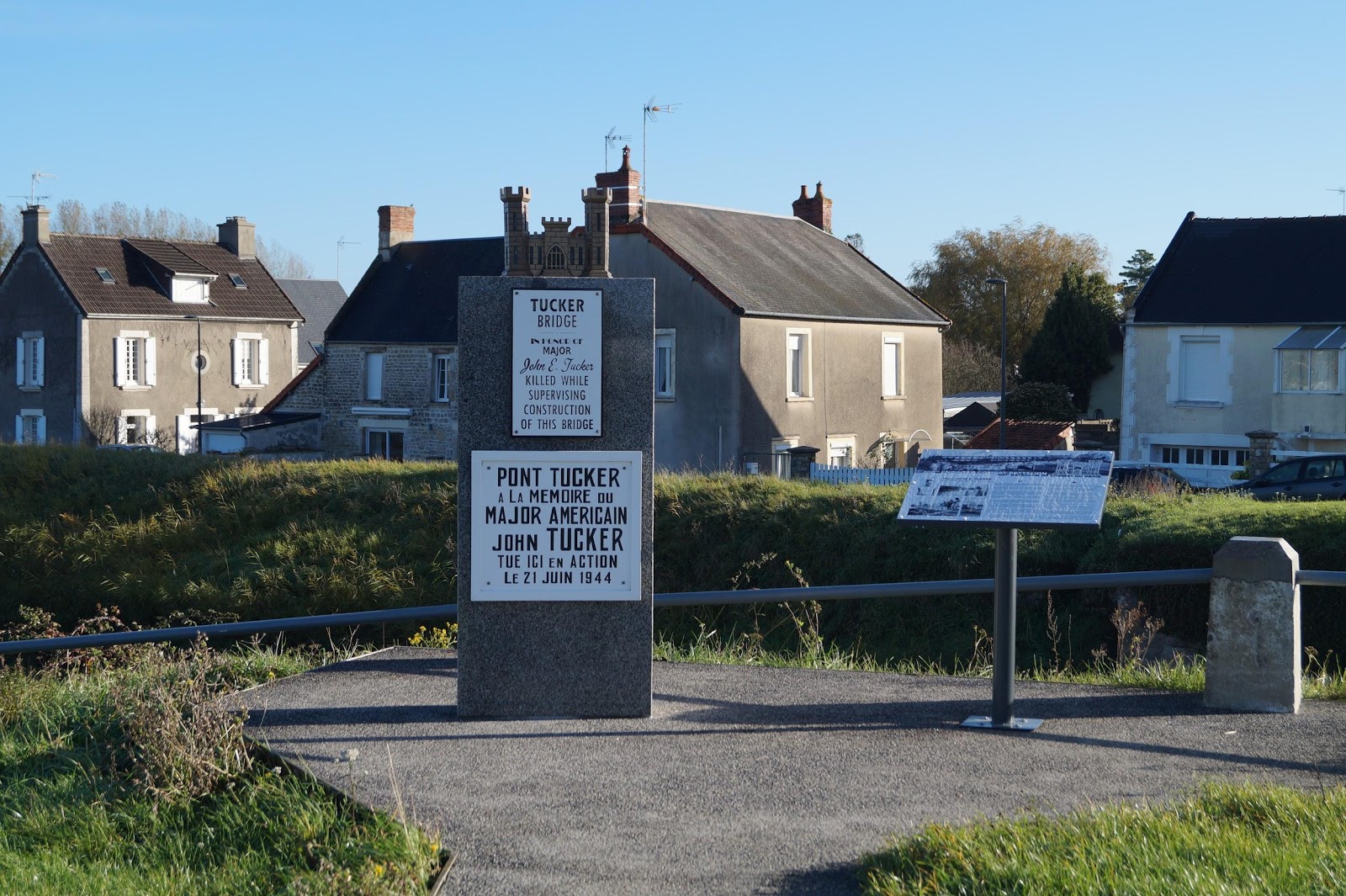
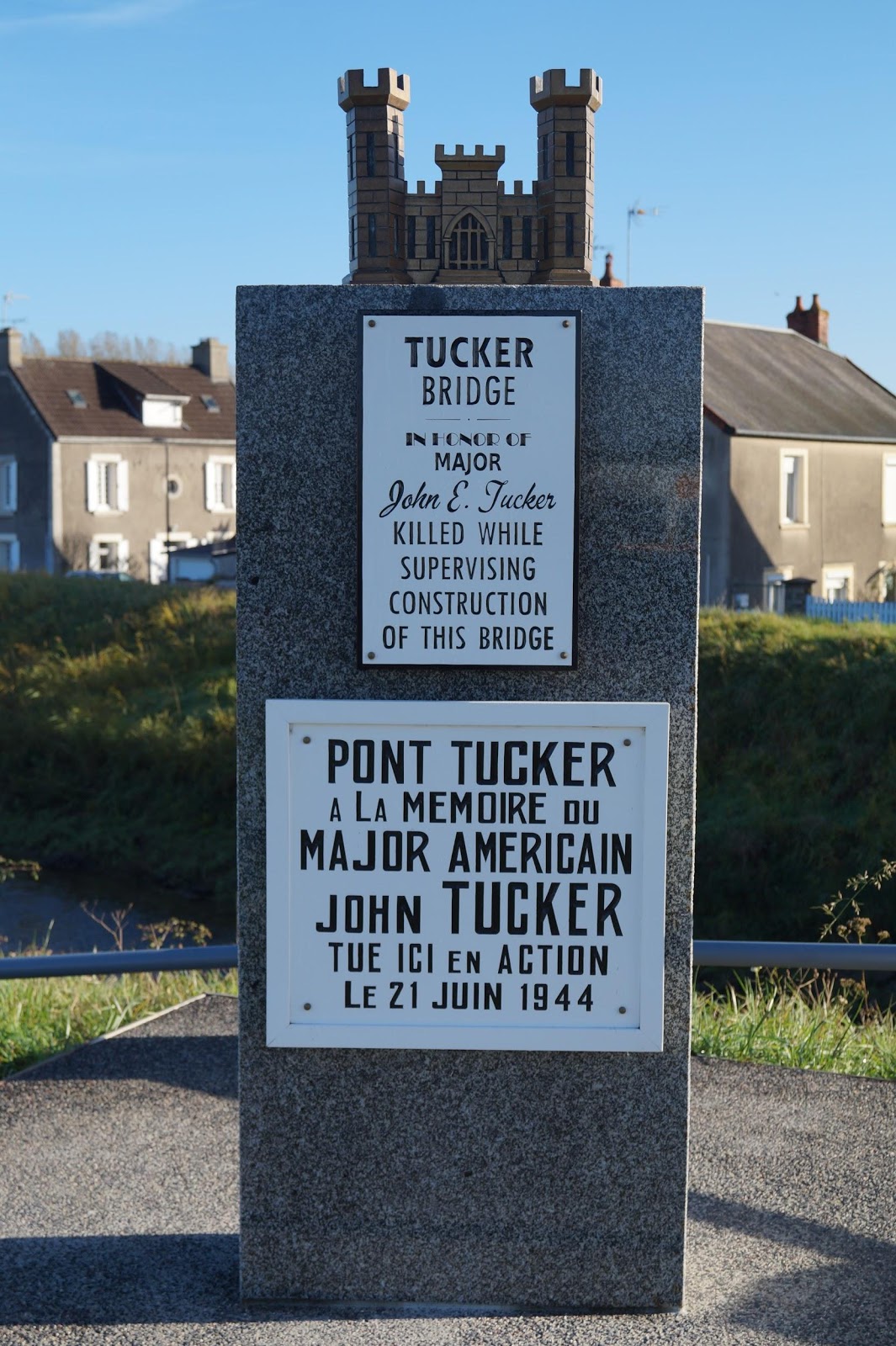
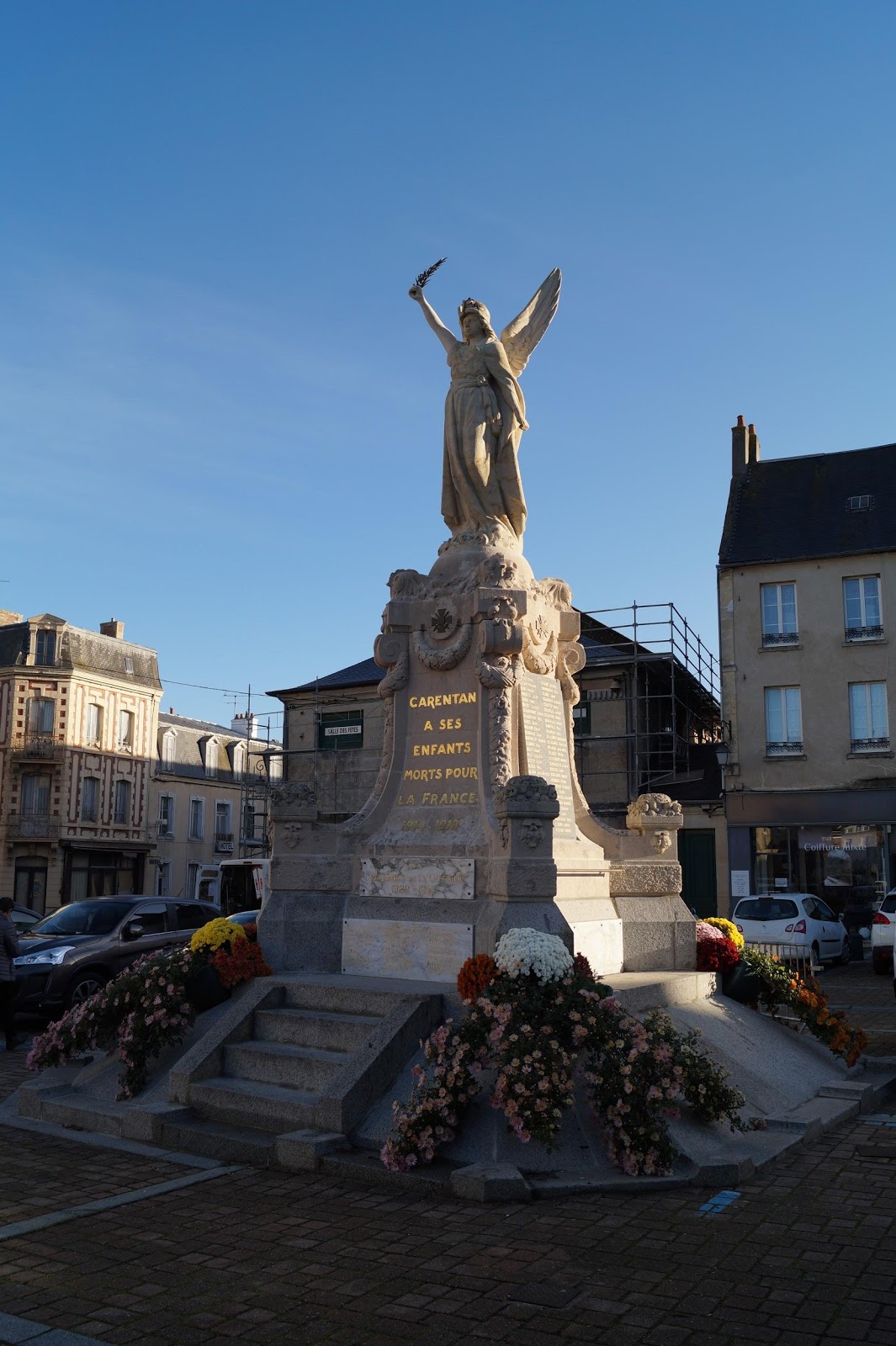
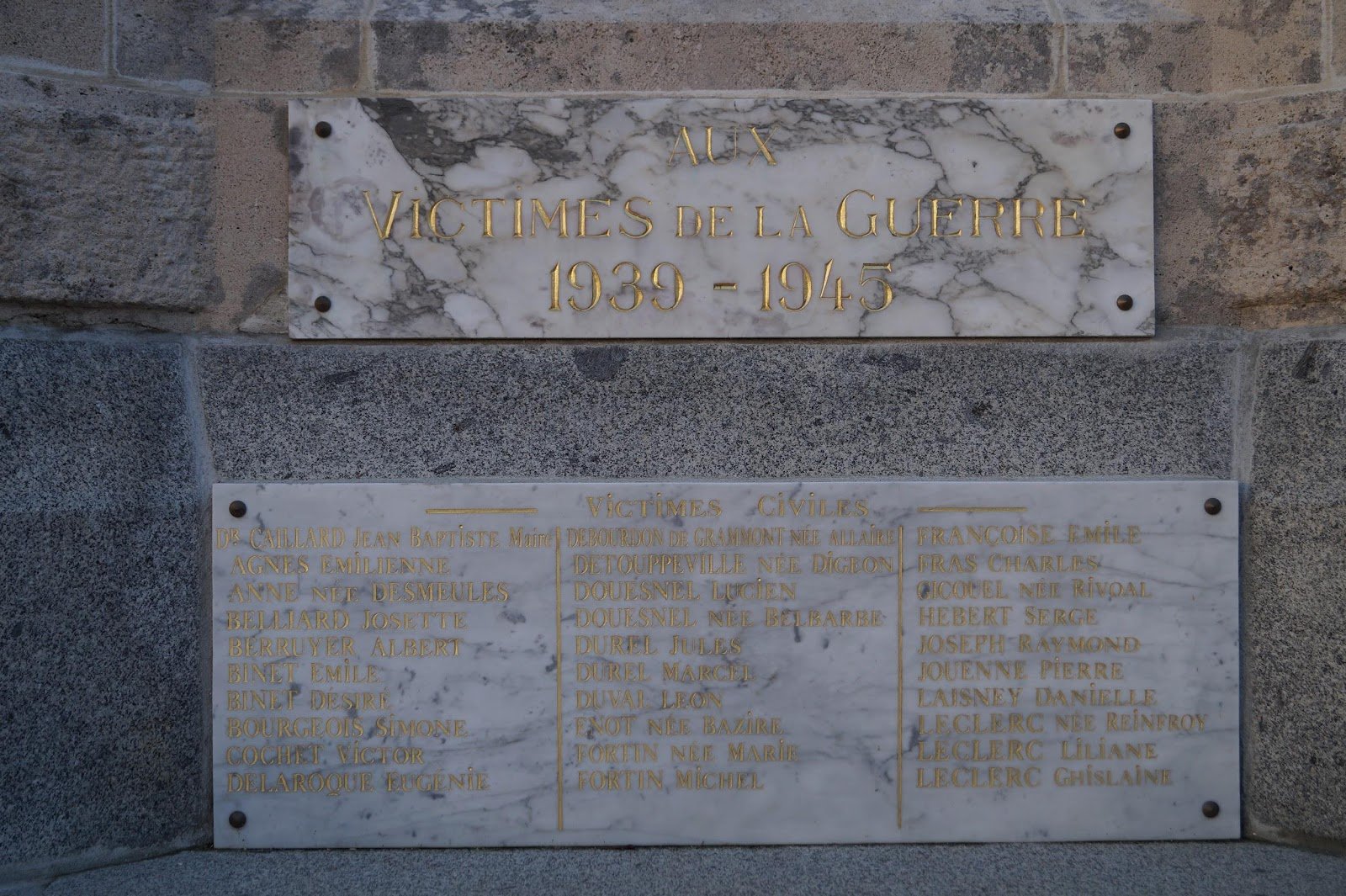
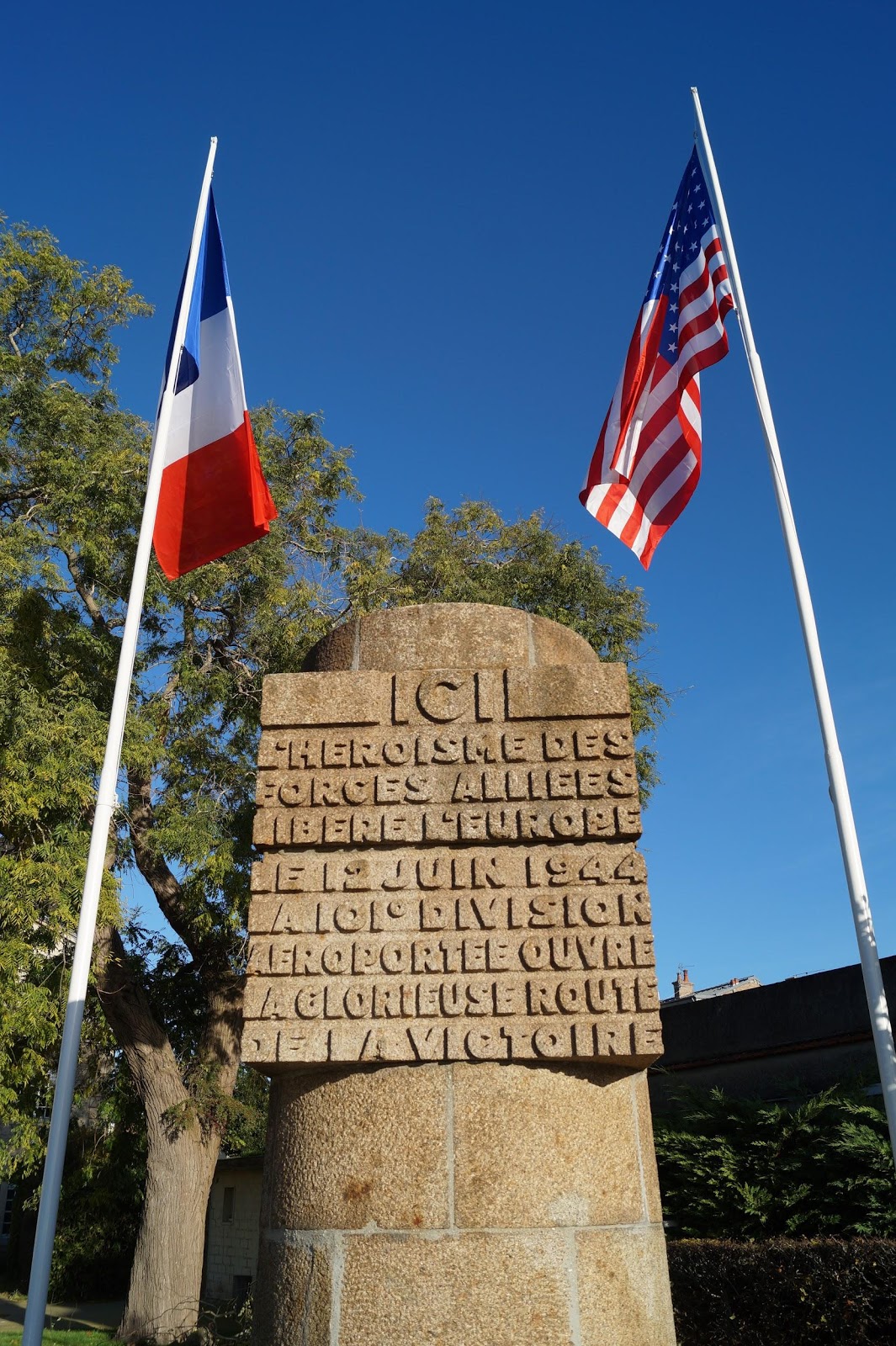
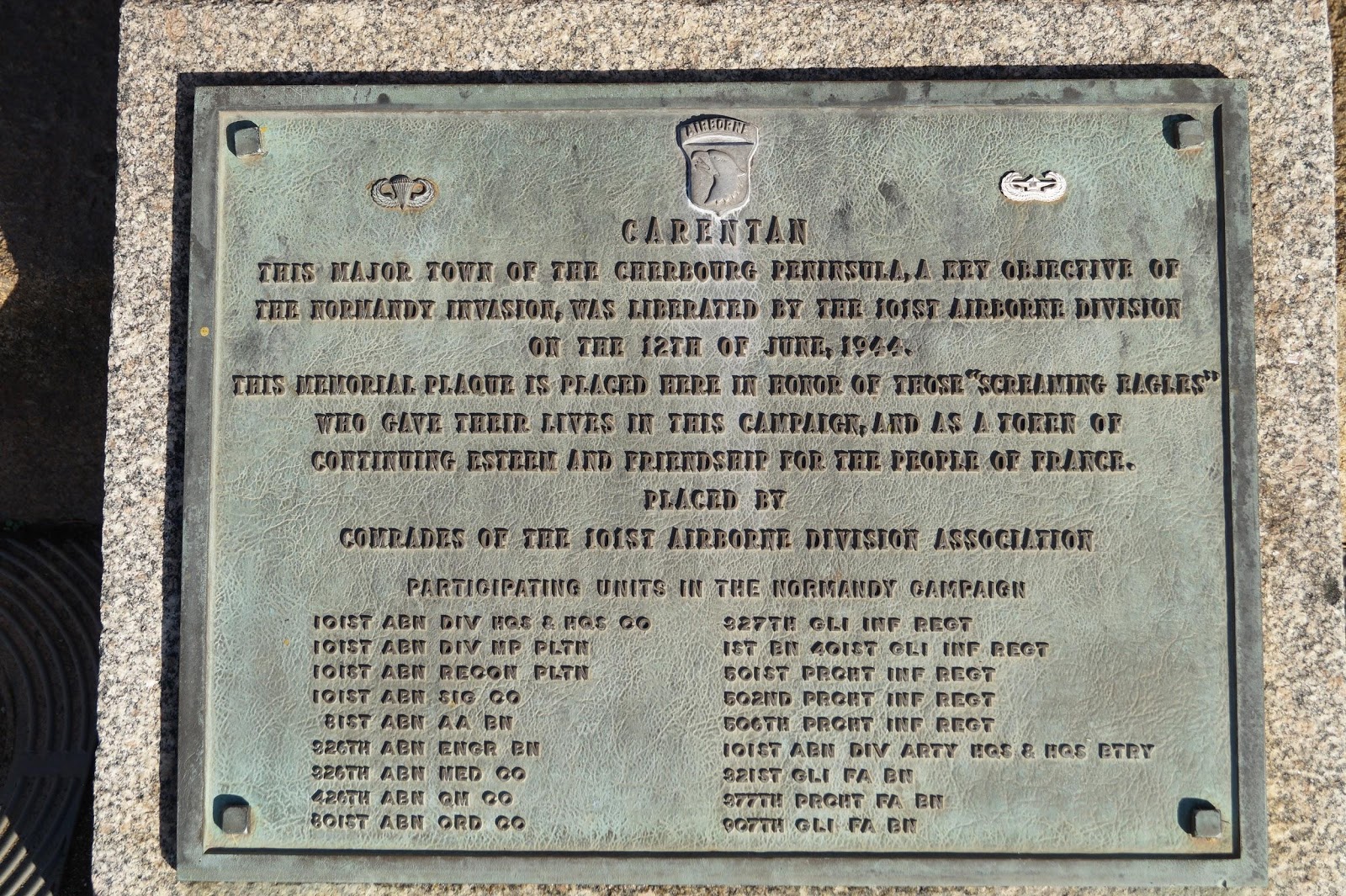
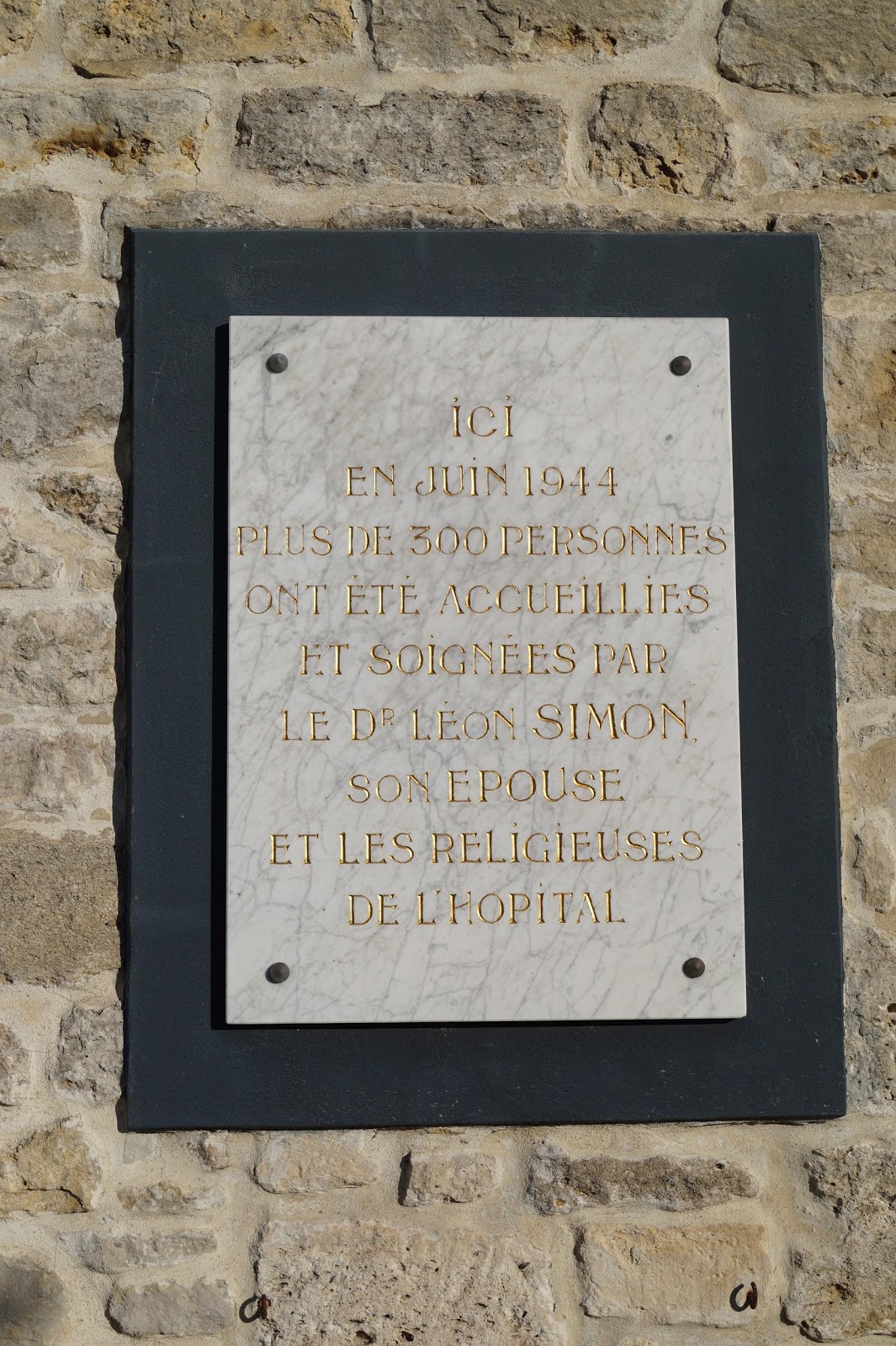
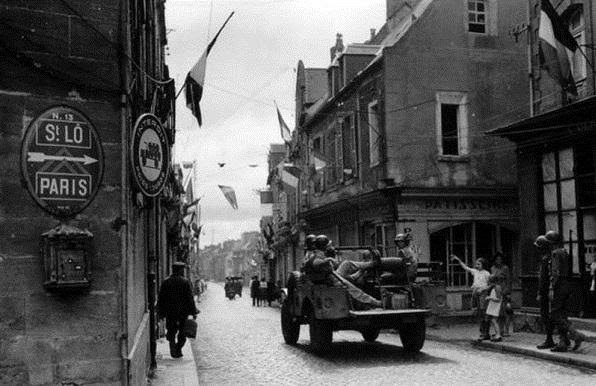
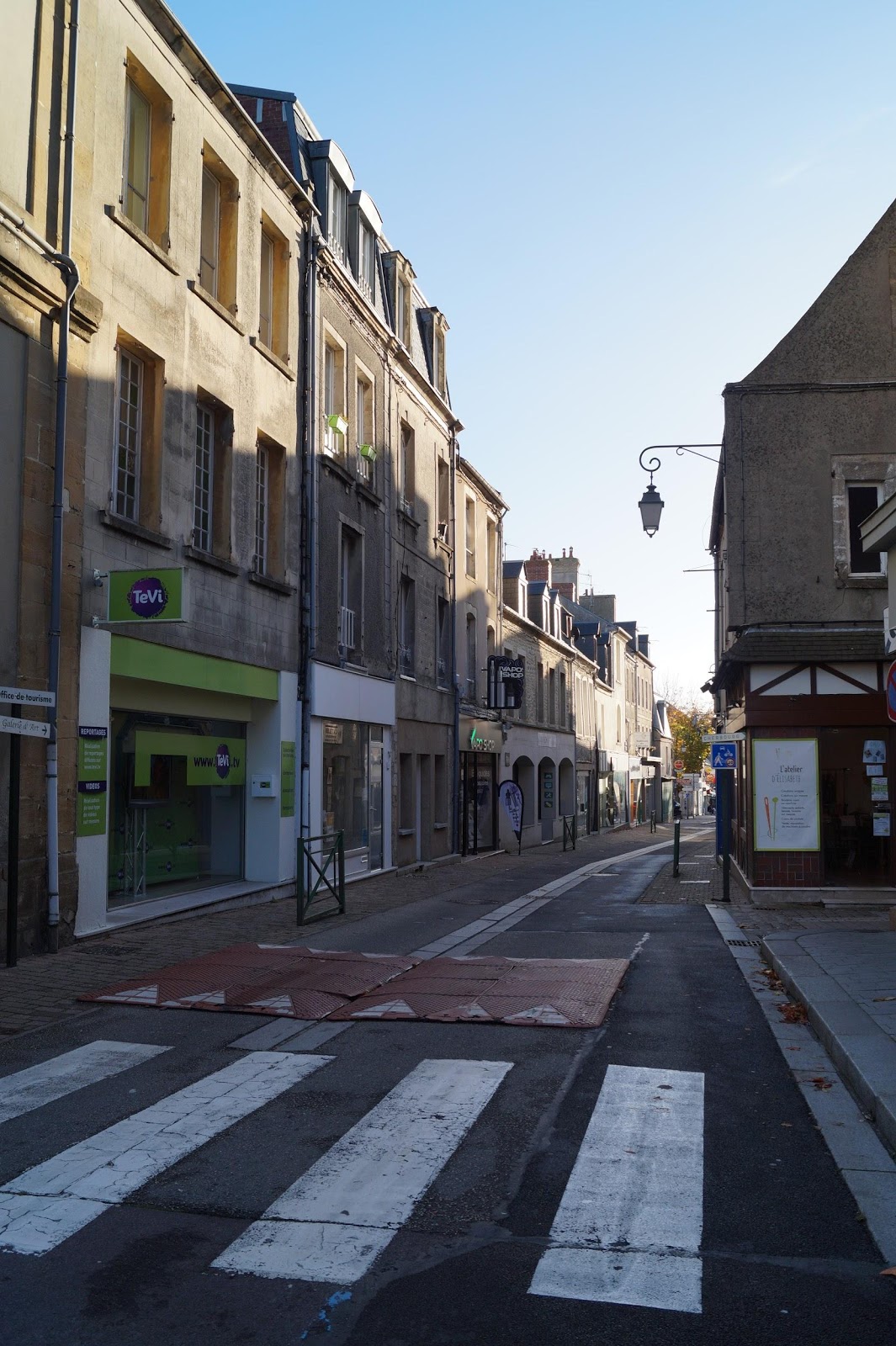
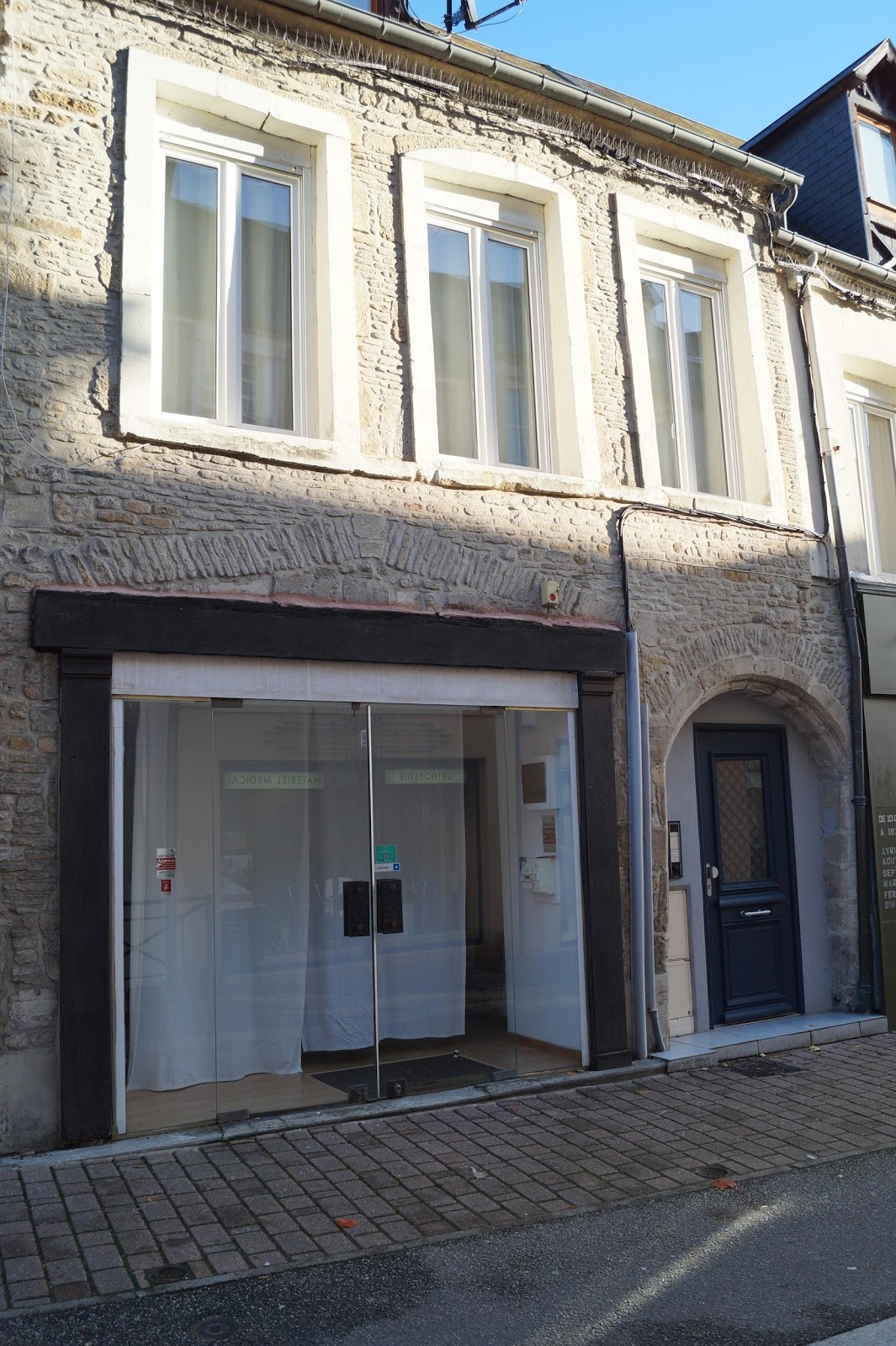
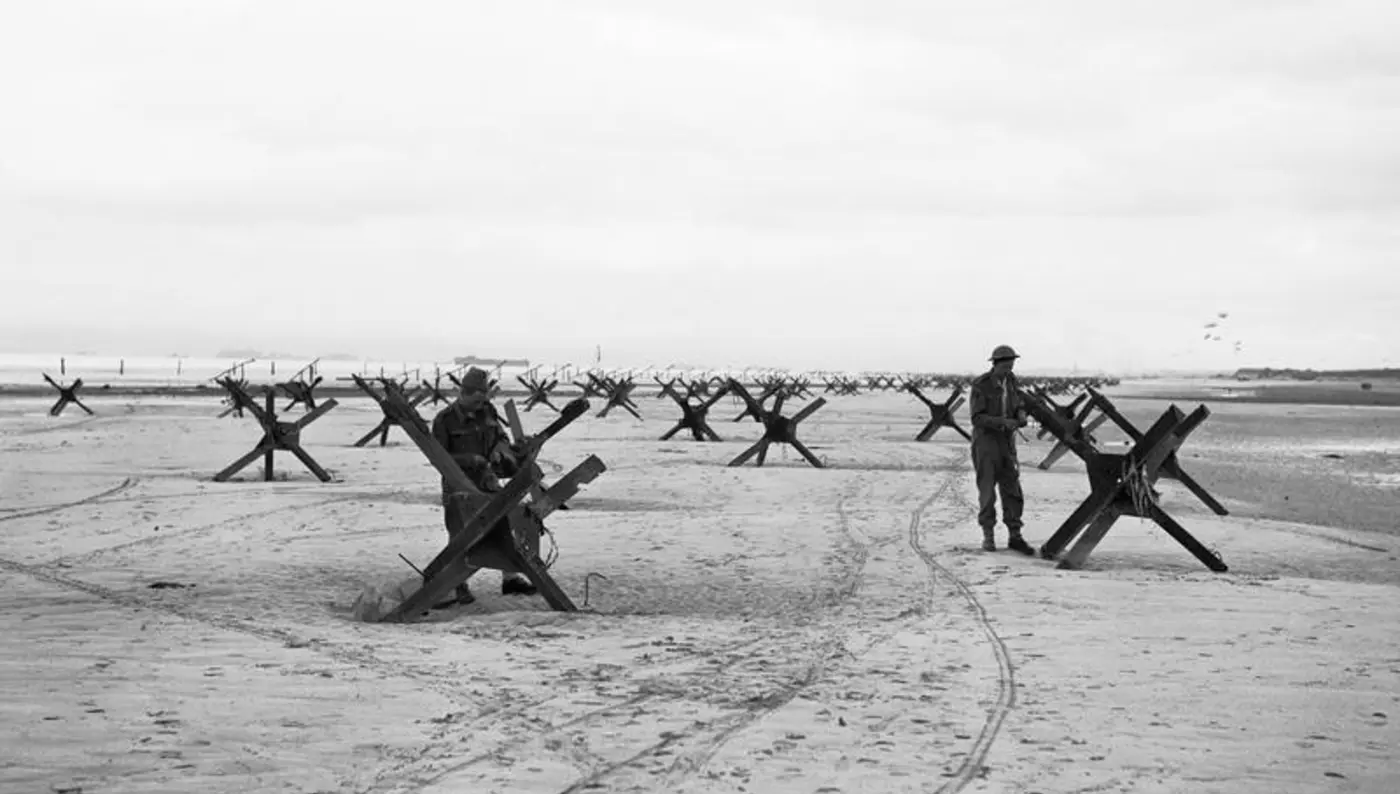 Royal Navy Commandos preparing to demolish beach obstacles © IWM (A 23992)
Royal Navy Commandos preparing to demolish beach obstacles © IWM (A 23992)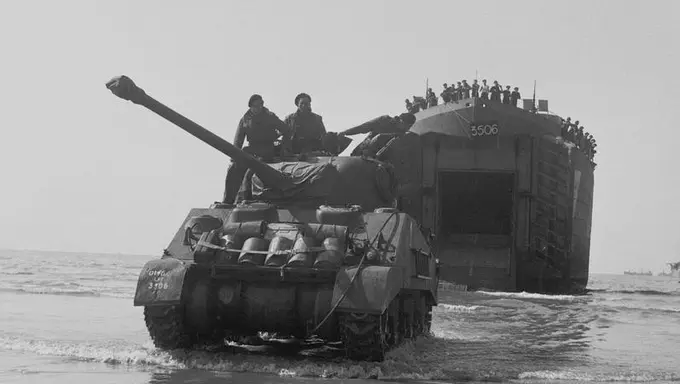 A Sherman Firefly tank coming ashore on 7 June 1944 © IWM (B 5130)
A Sherman Firefly tank coming ashore on 7 June 1944 © IWM (B 5130)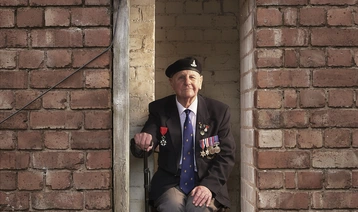
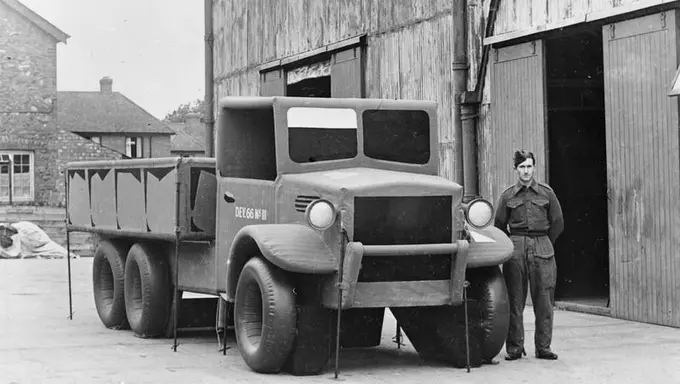 An inflatable 3-ton lorry © IWM (H 42530)
An inflatable 3-ton lorry © IWM (H 42530)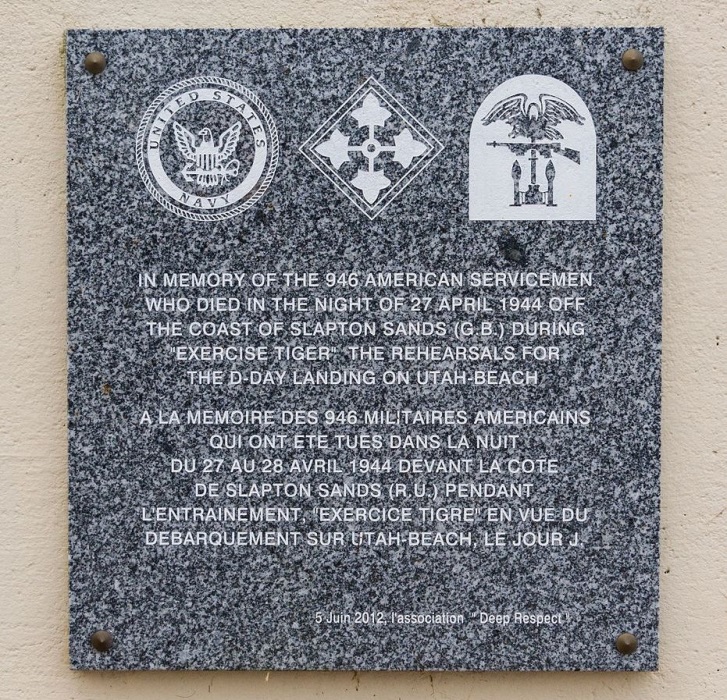





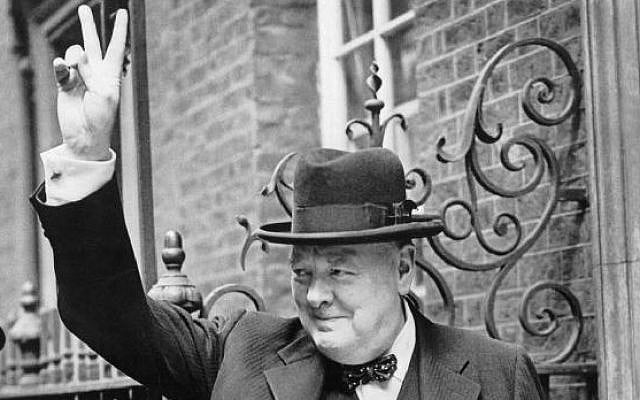

 President Bill Clinton with Secretary of State Madeleine Albright in 1999.Cynthia Johnson / Getty Images file
President Bill Clinton with Secretary of State Madeleine Albright in 1999.Cynthia Johnson / Getty Images file